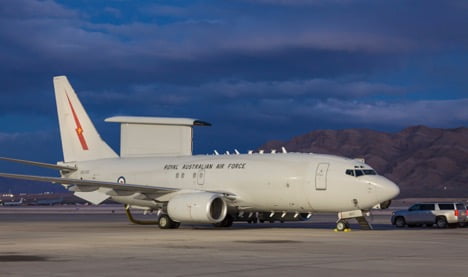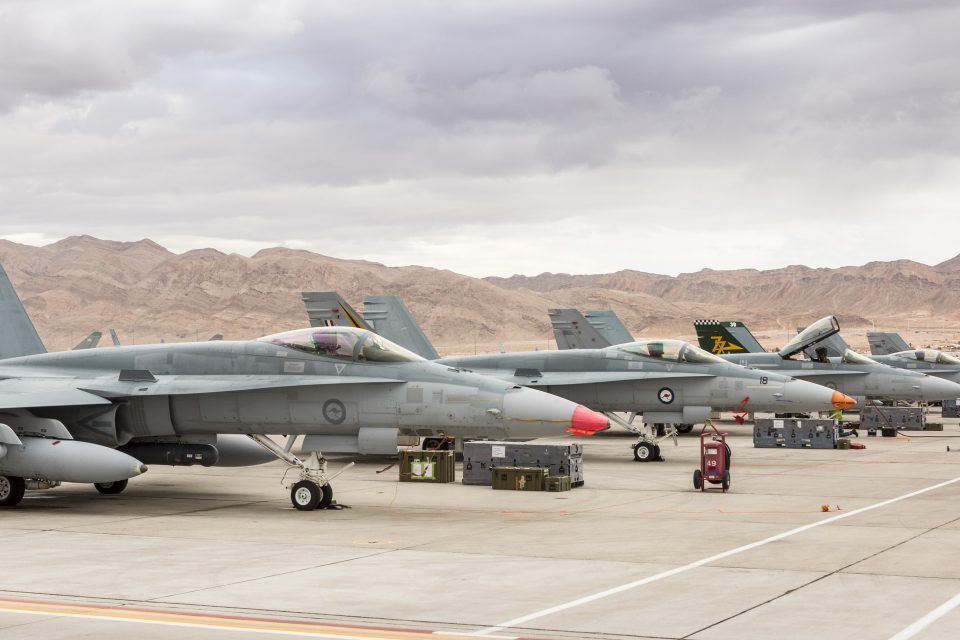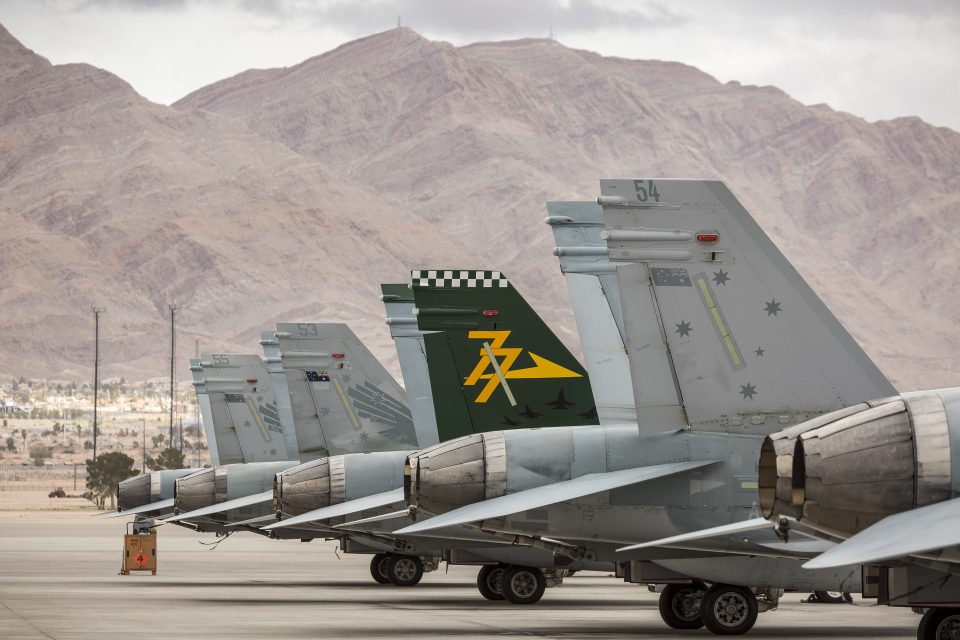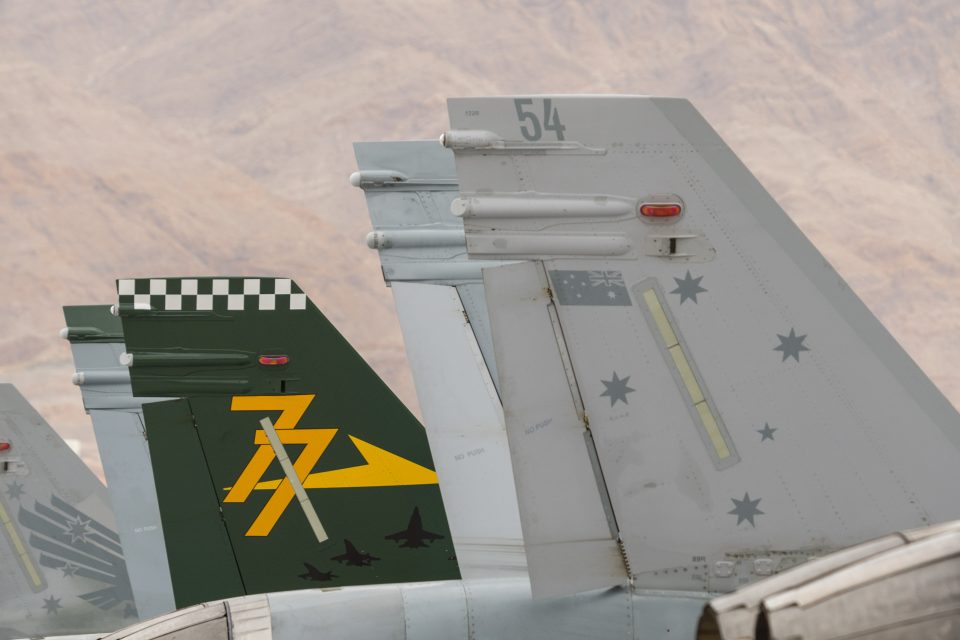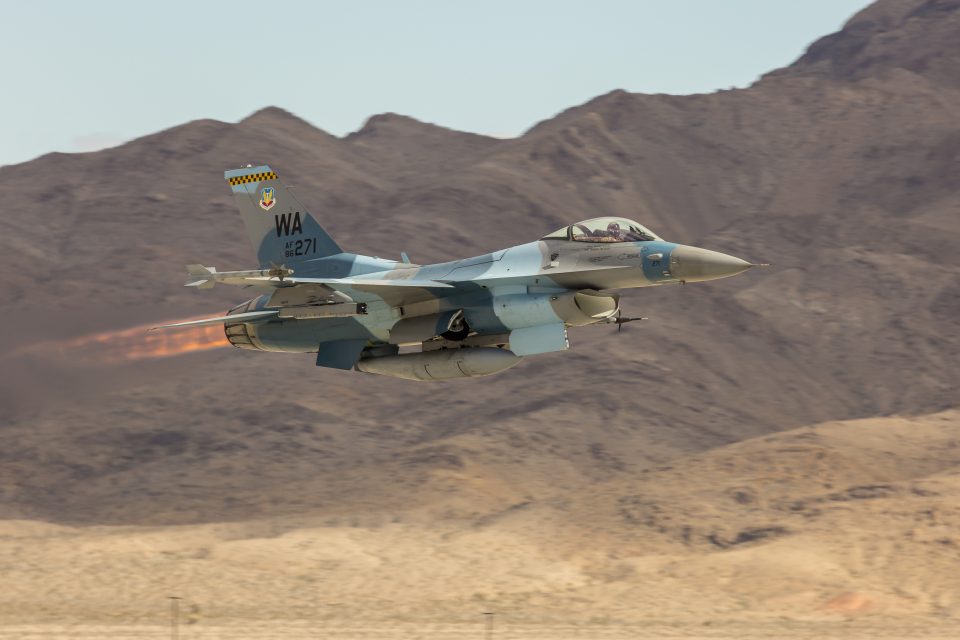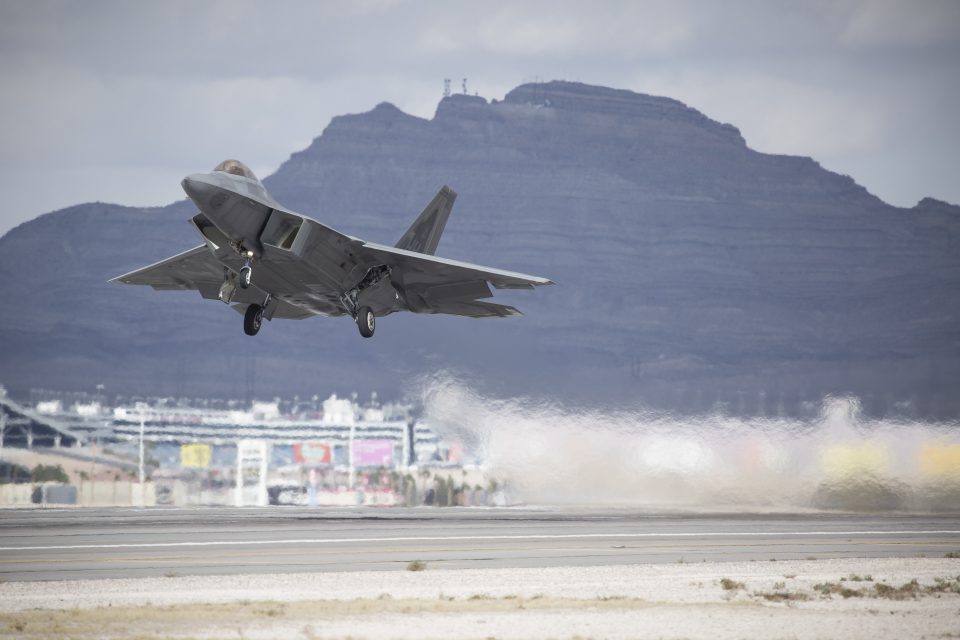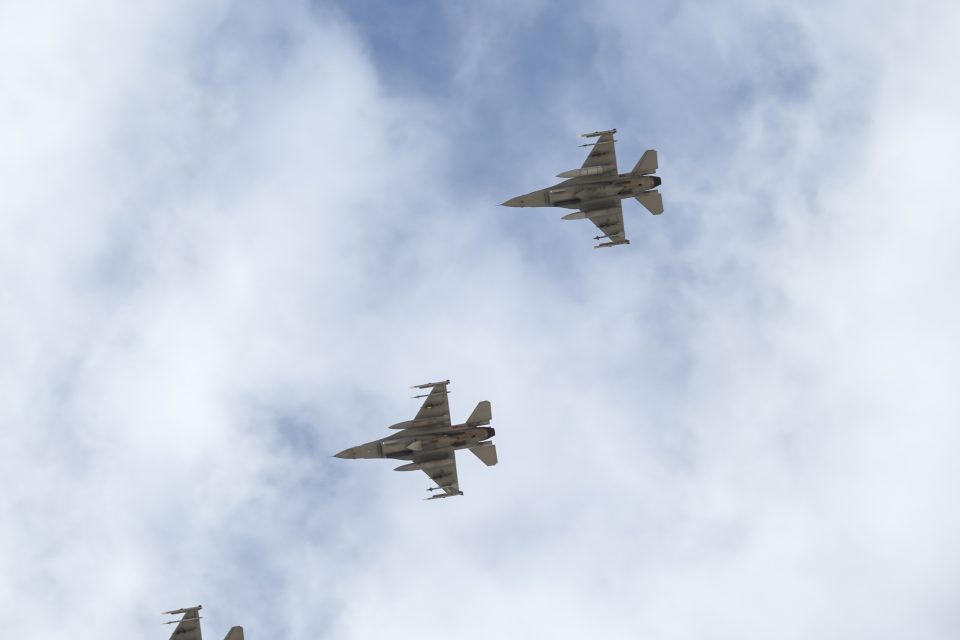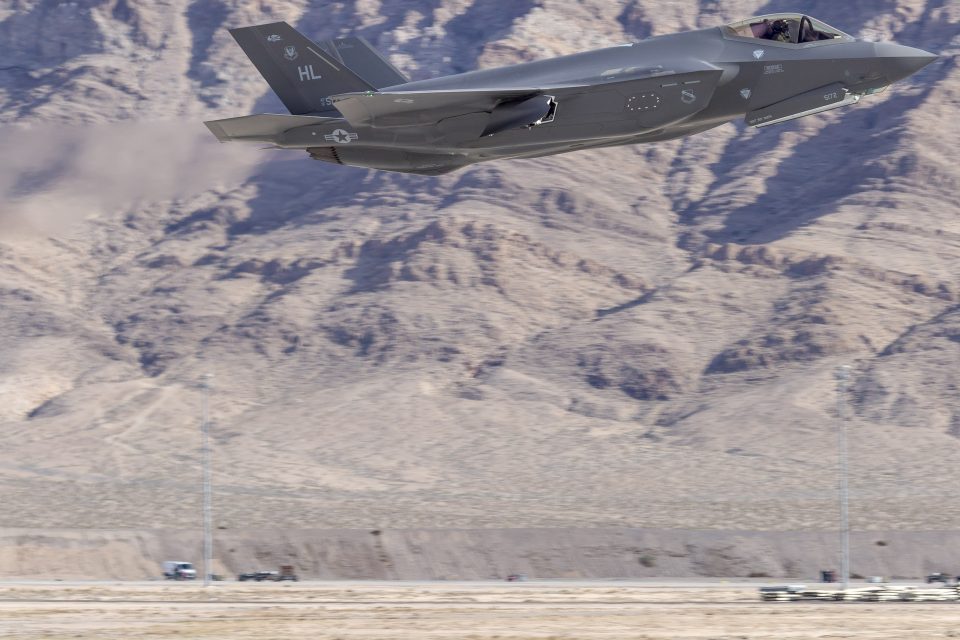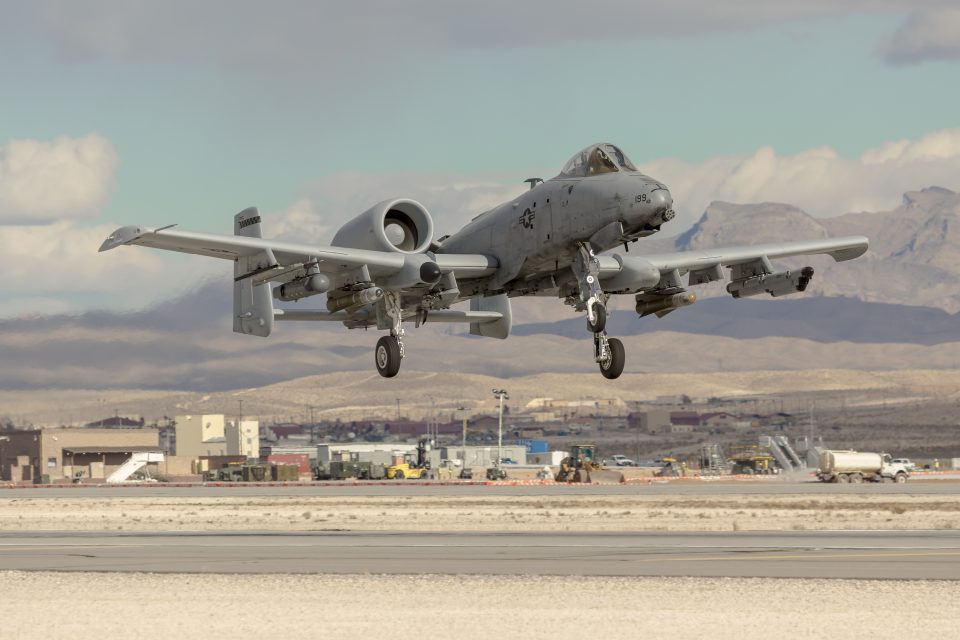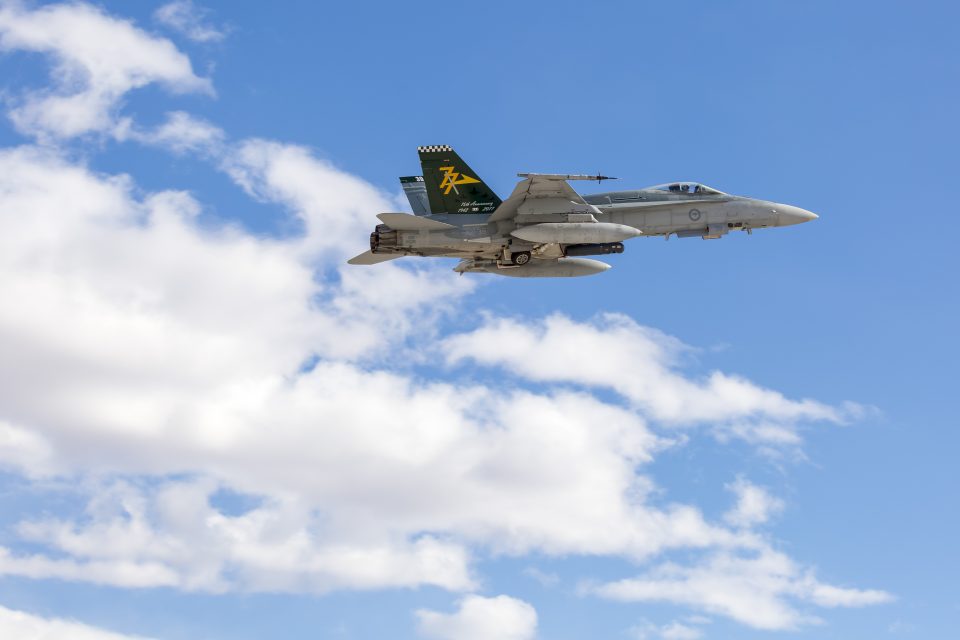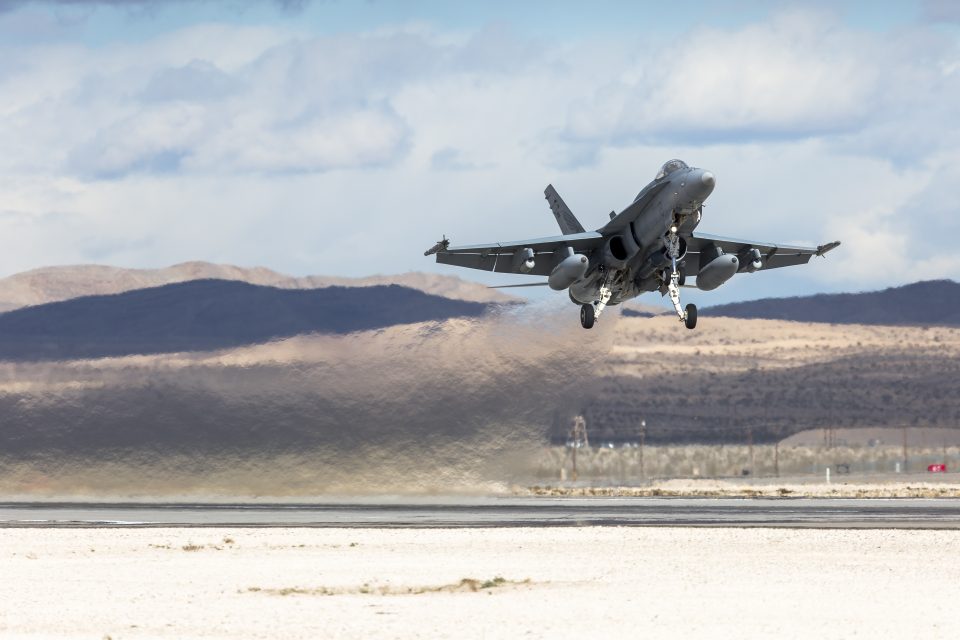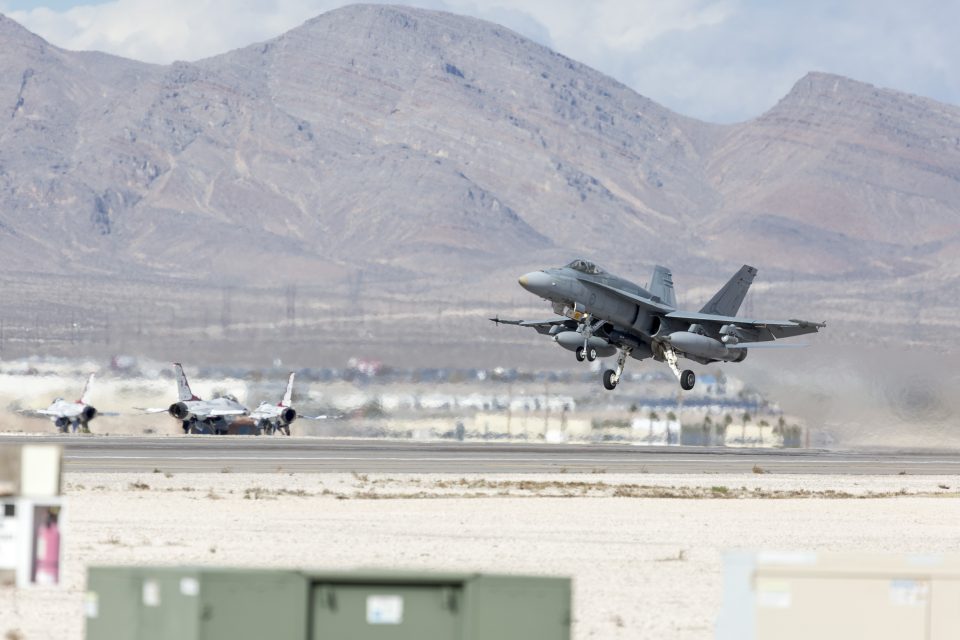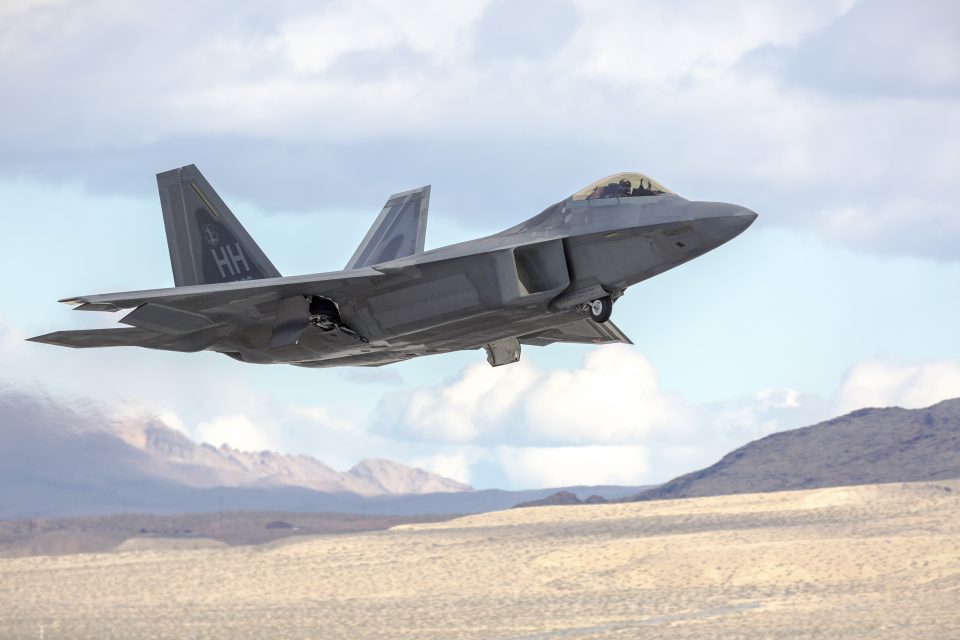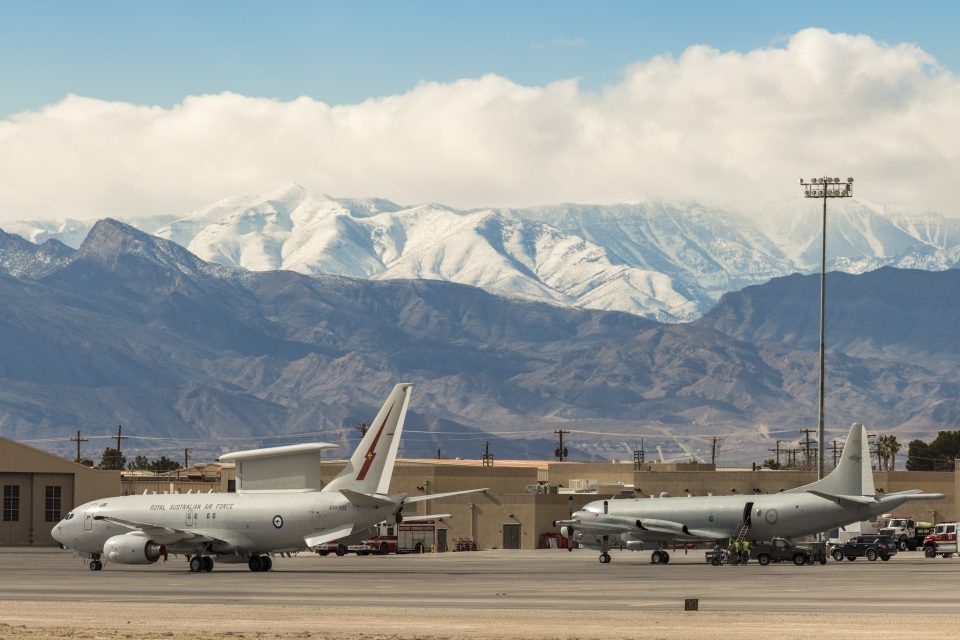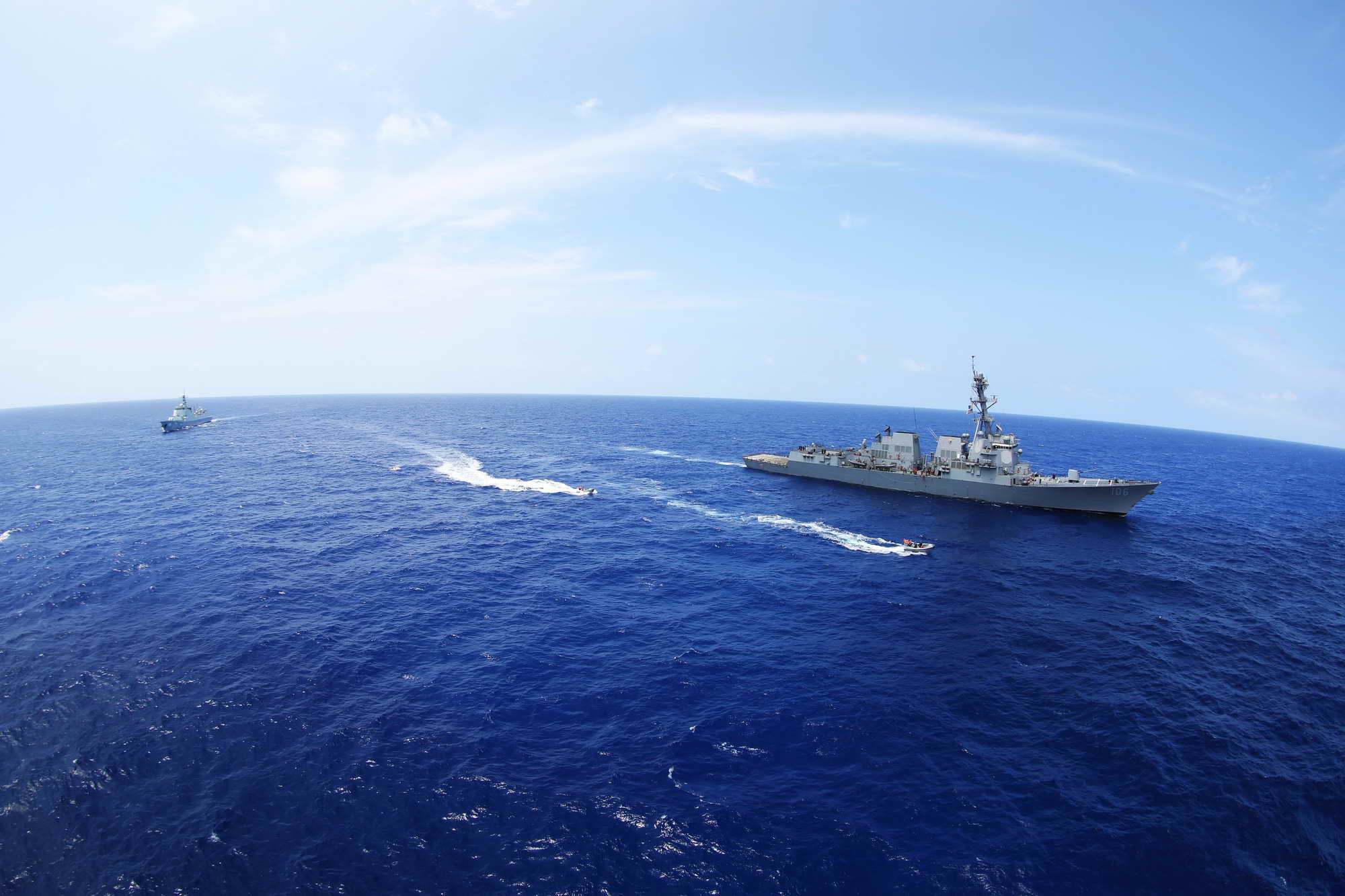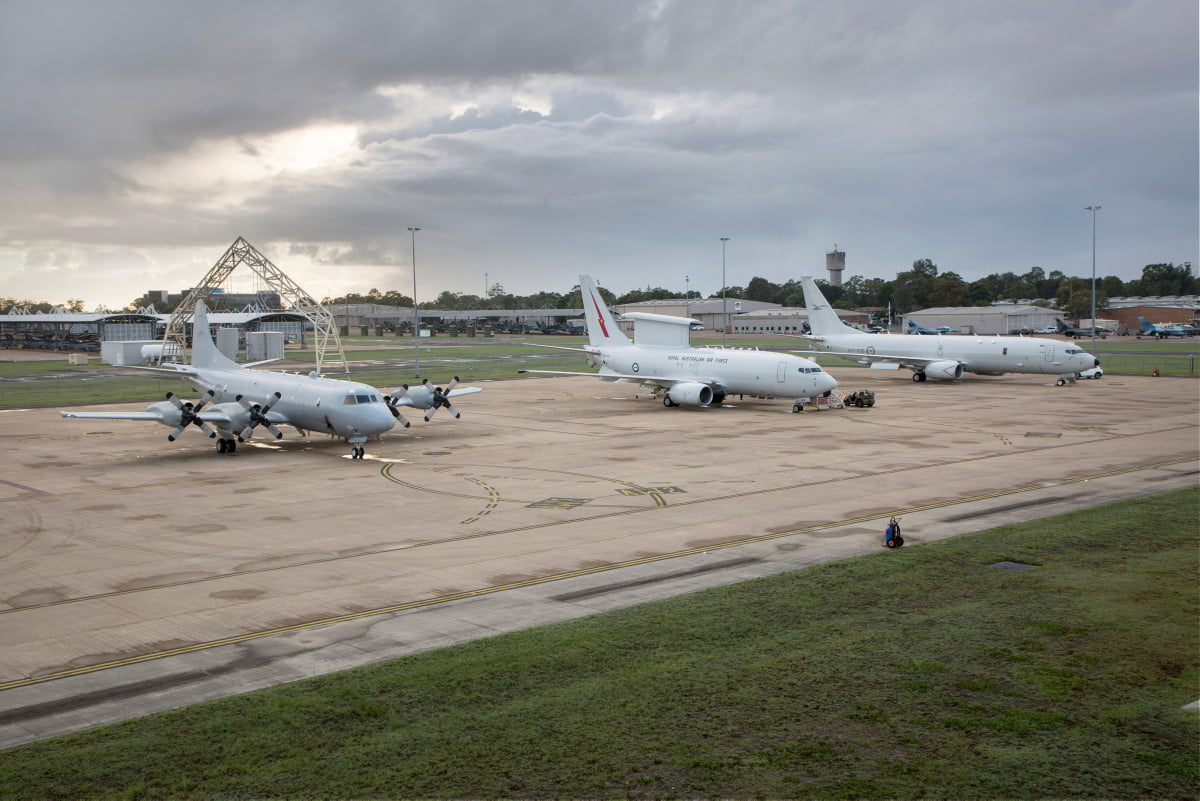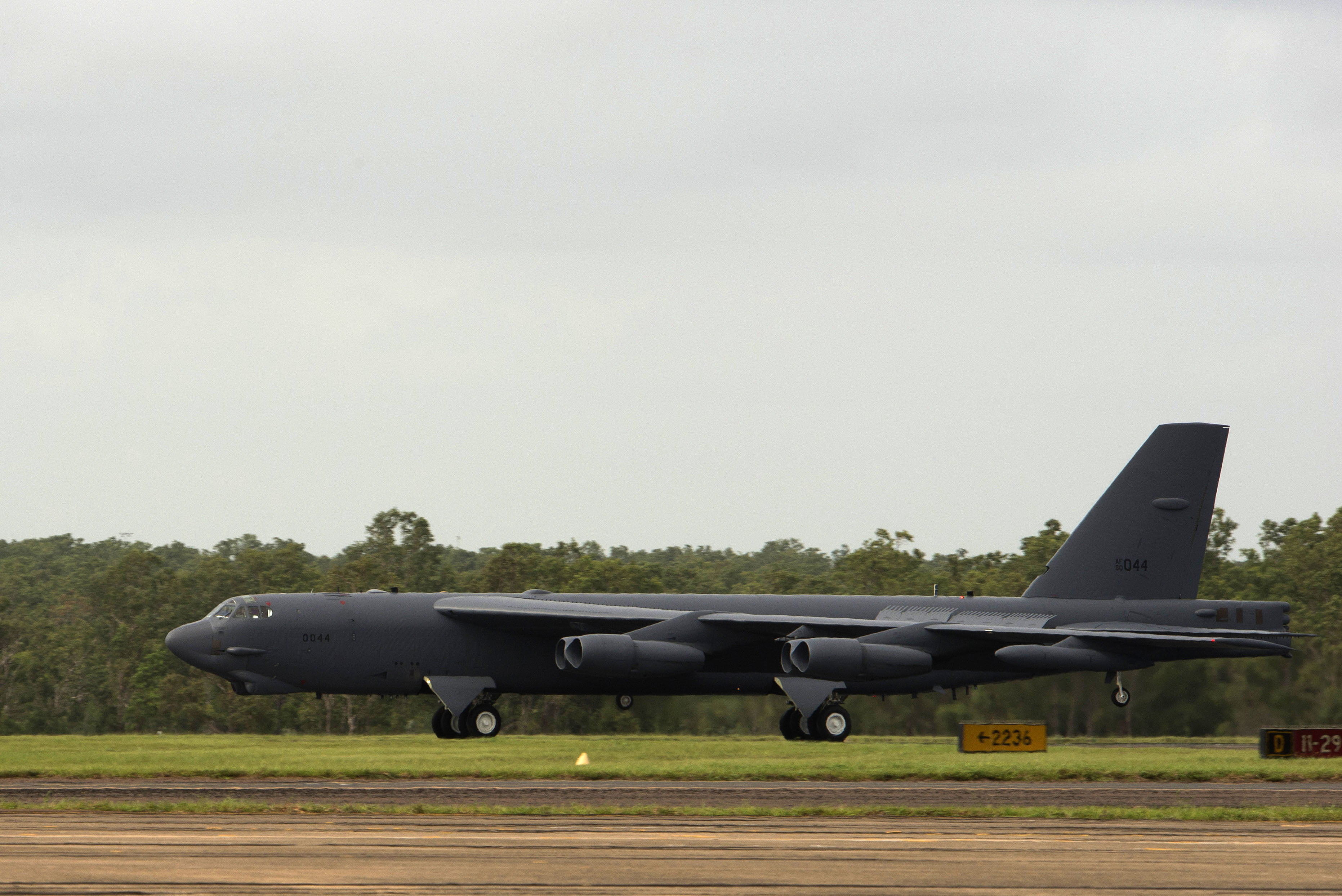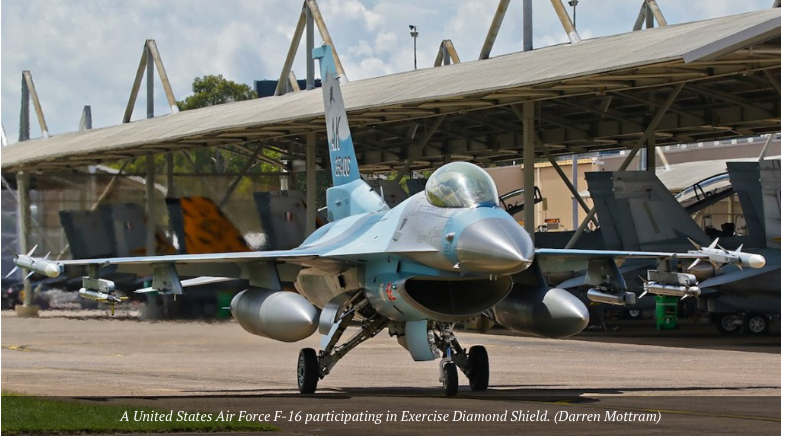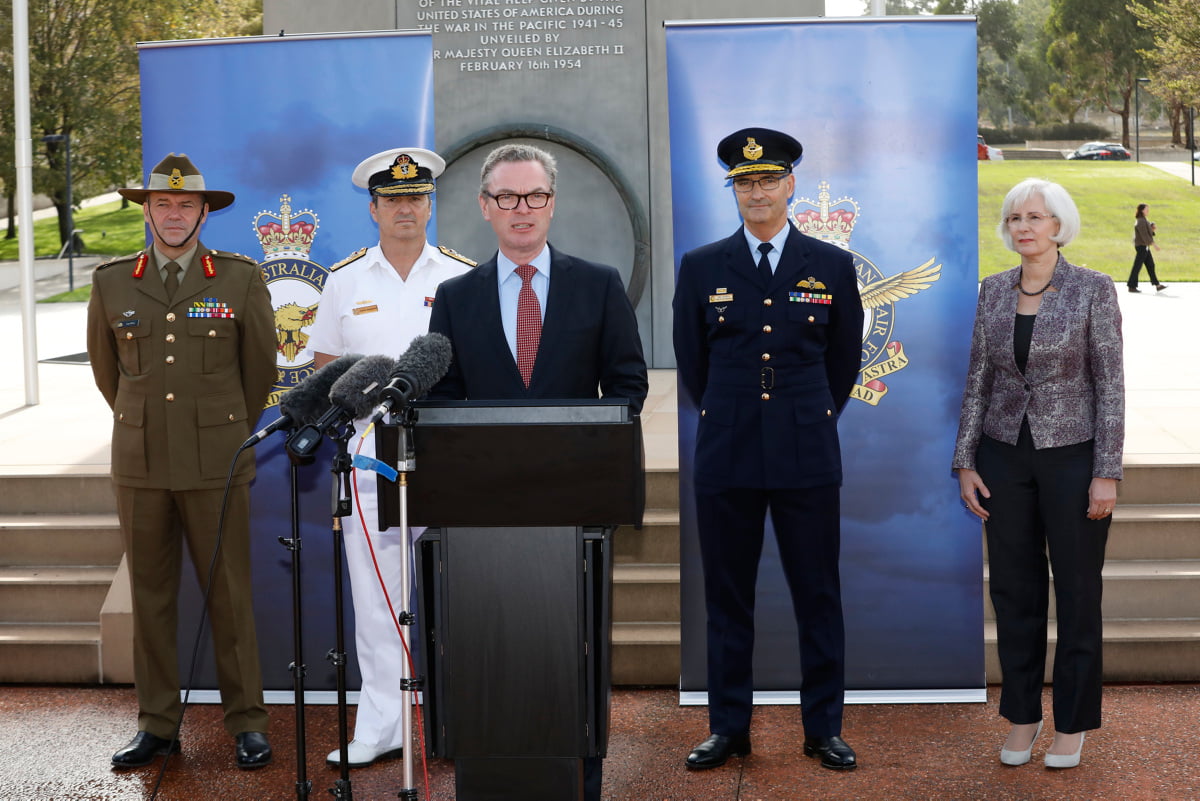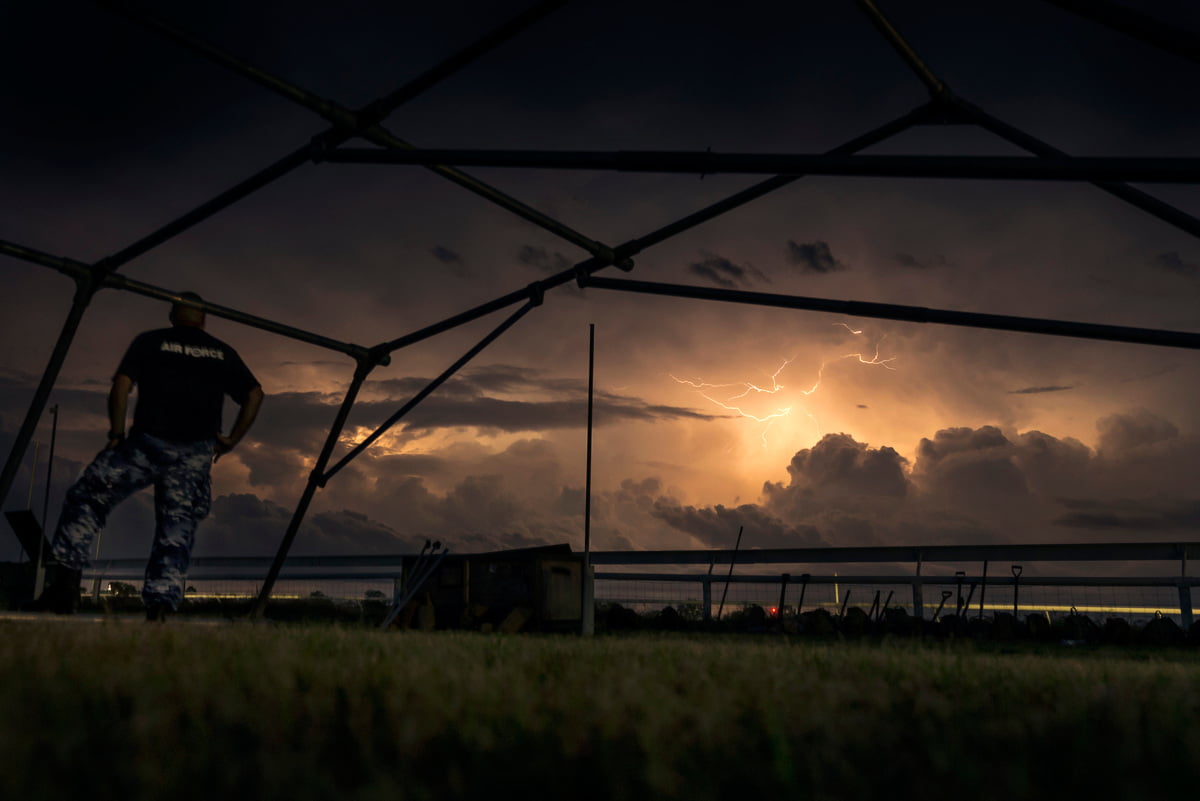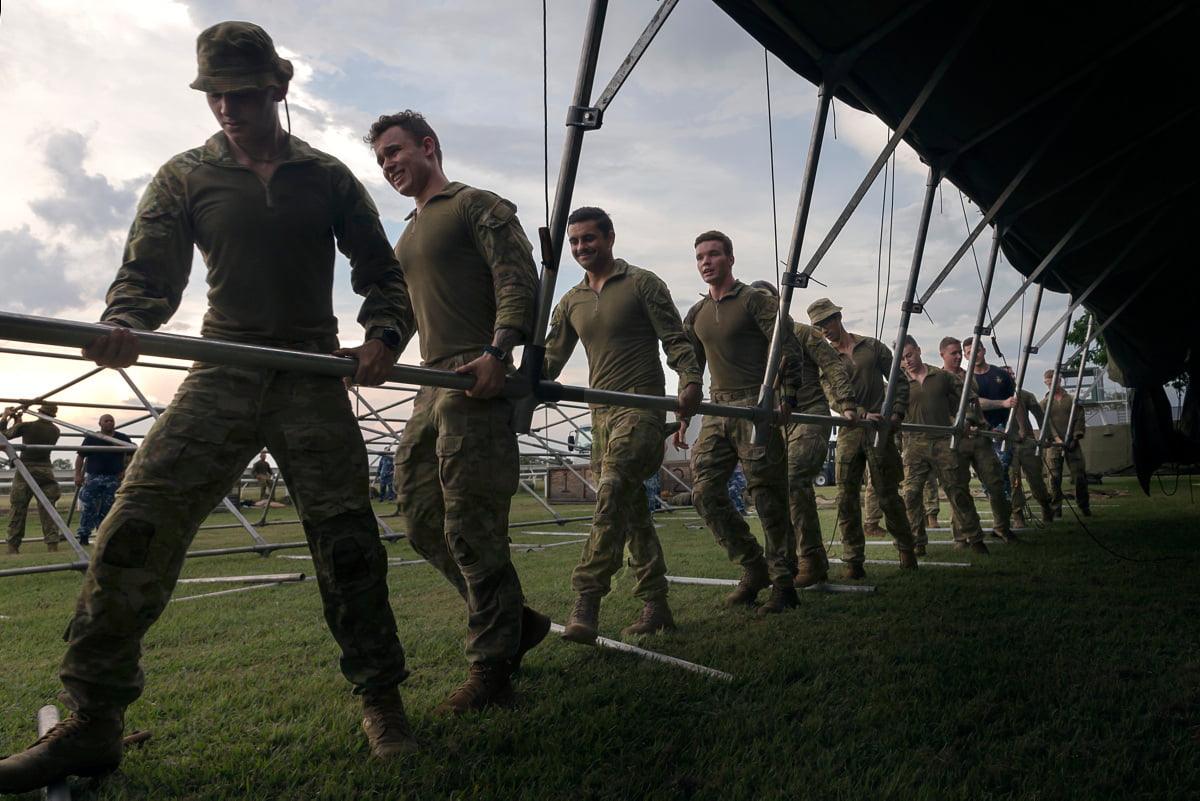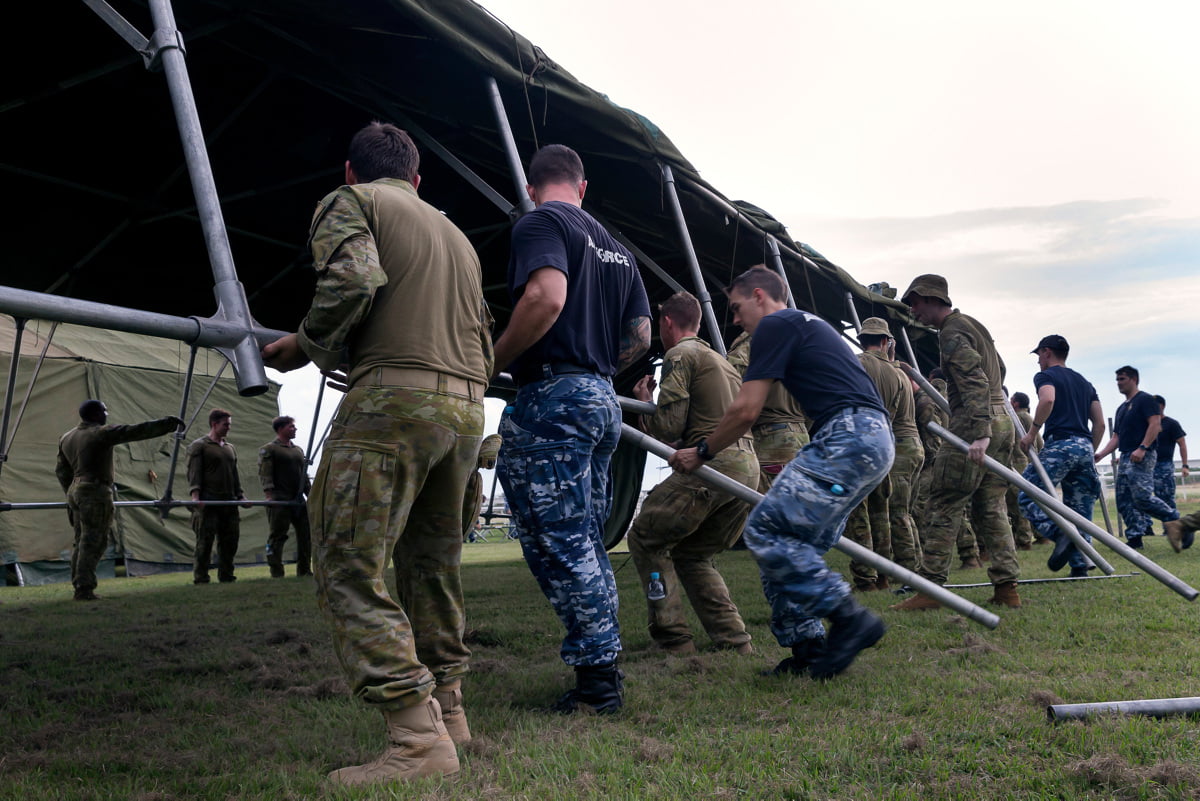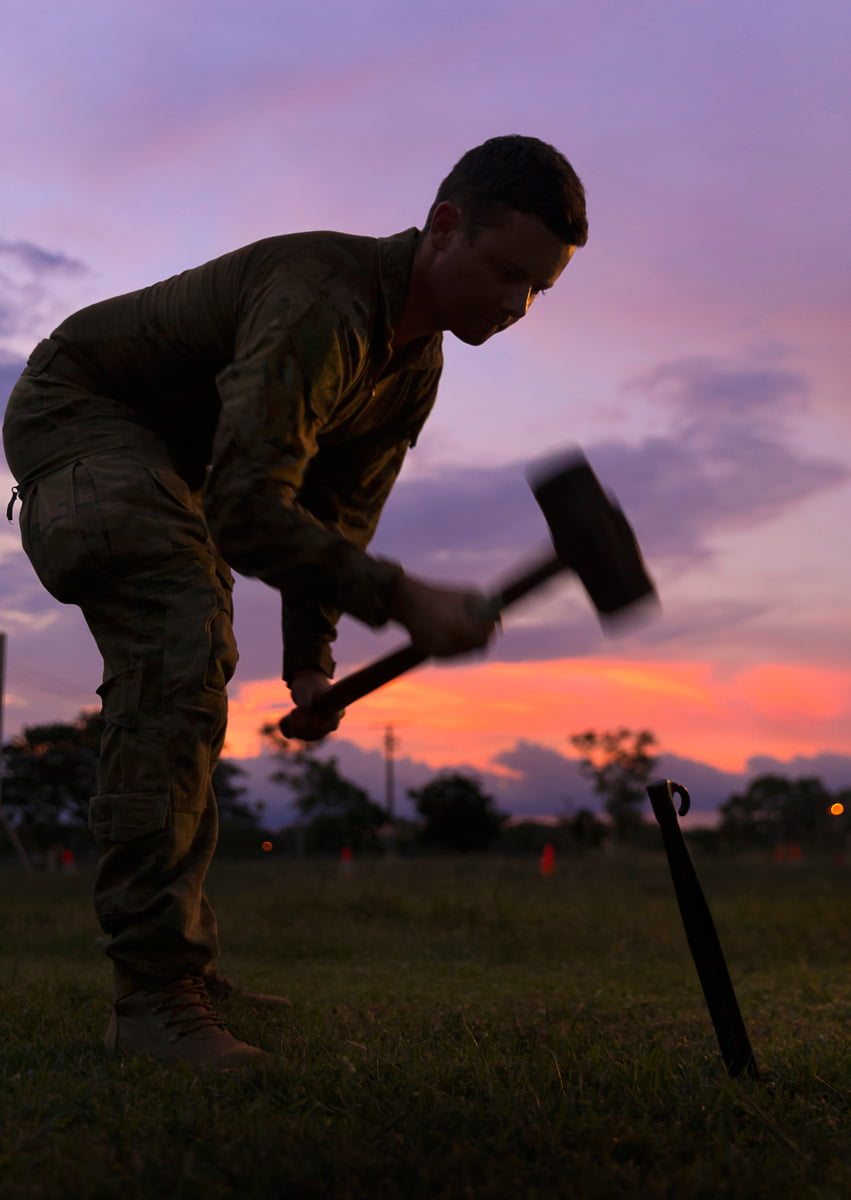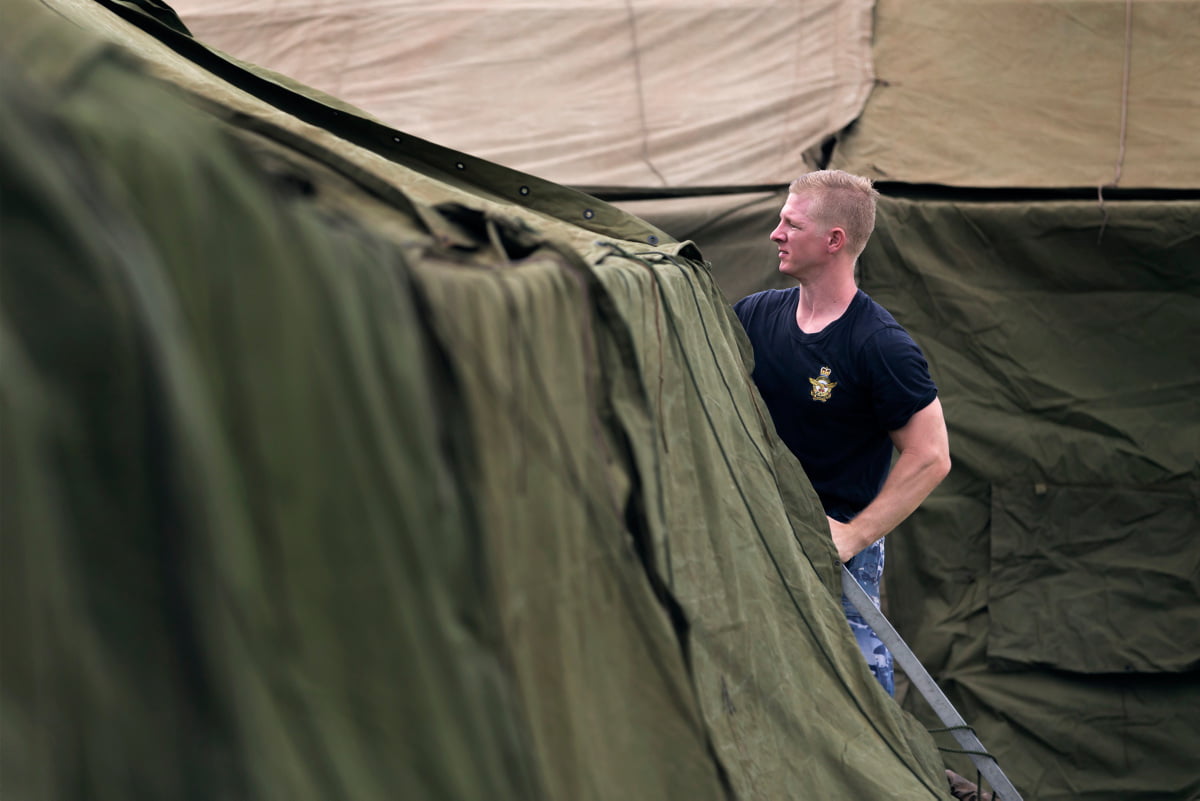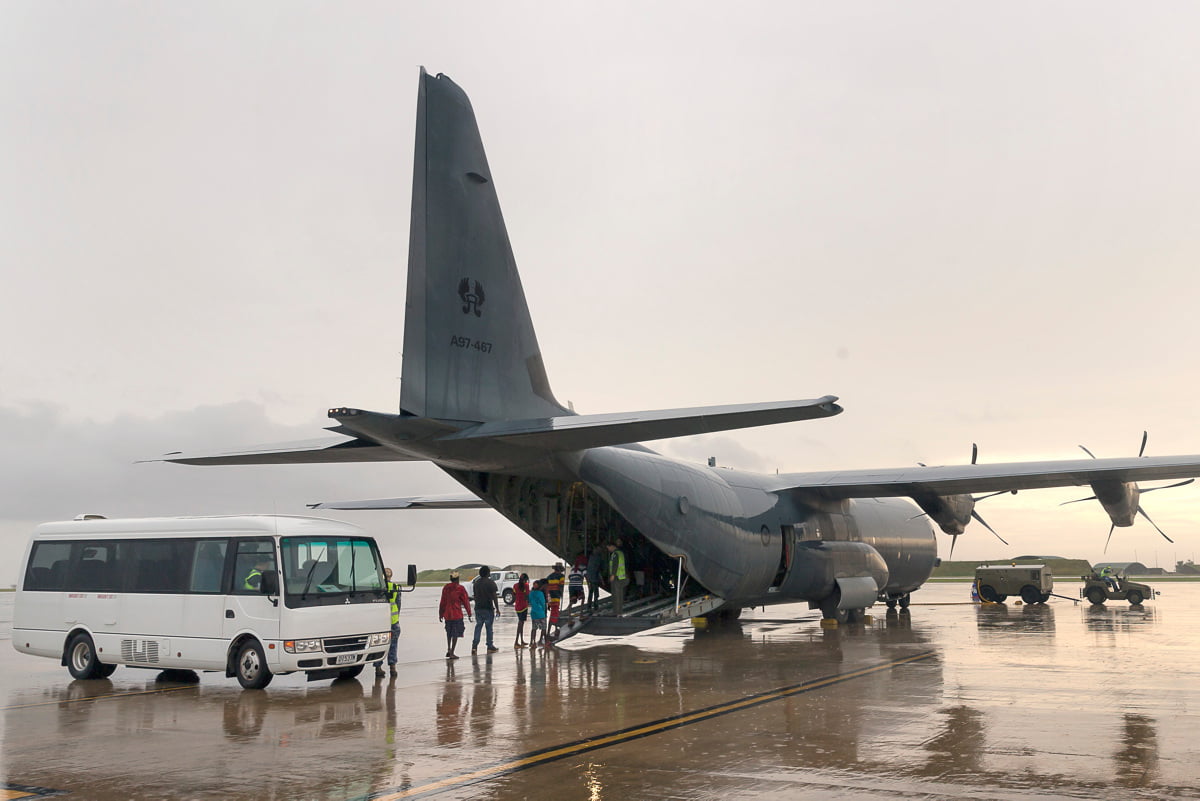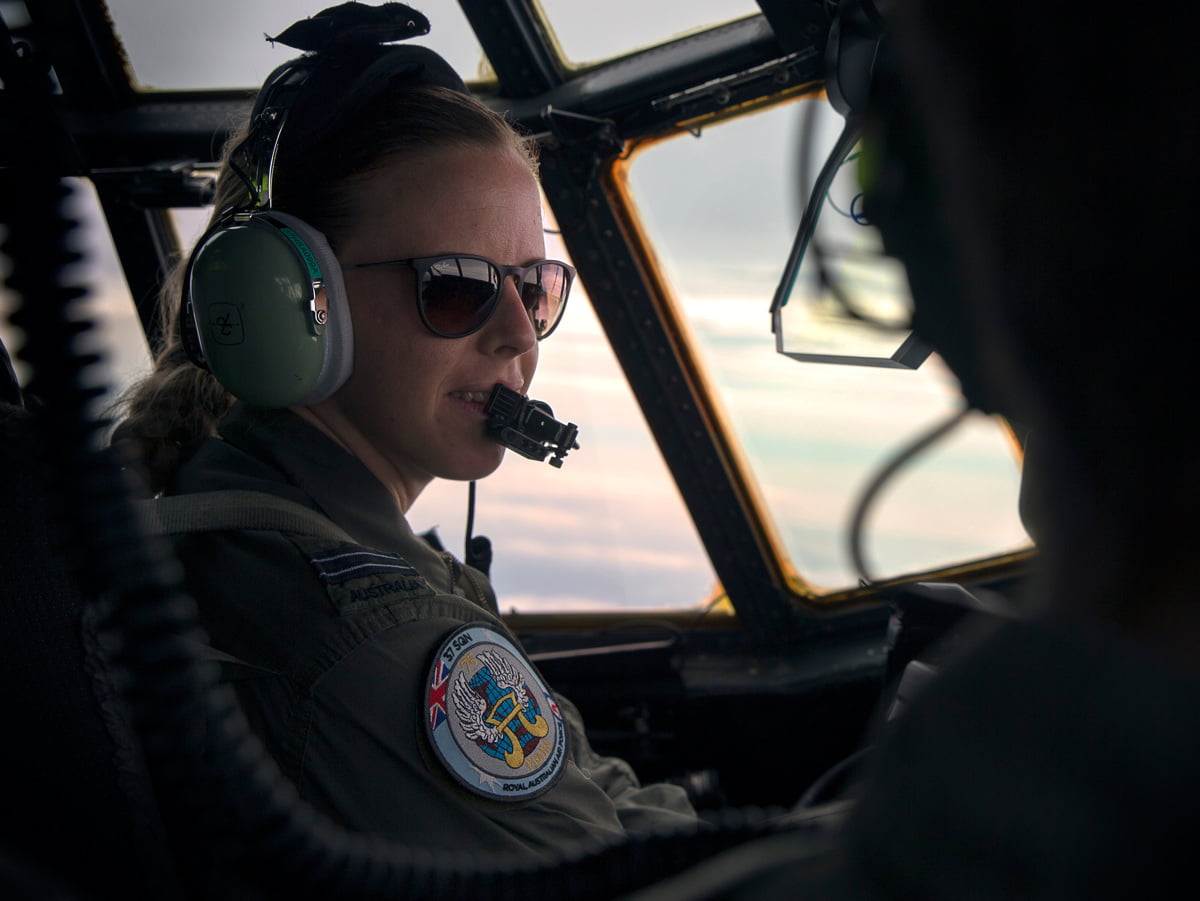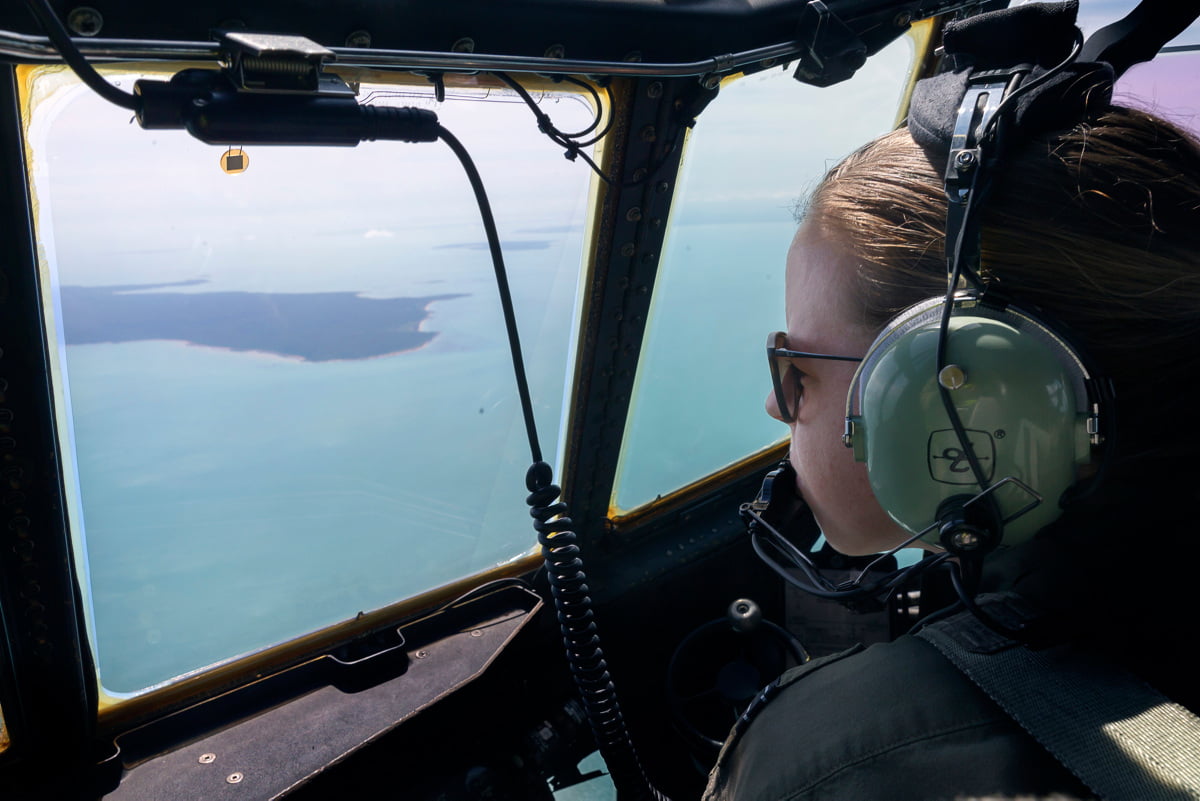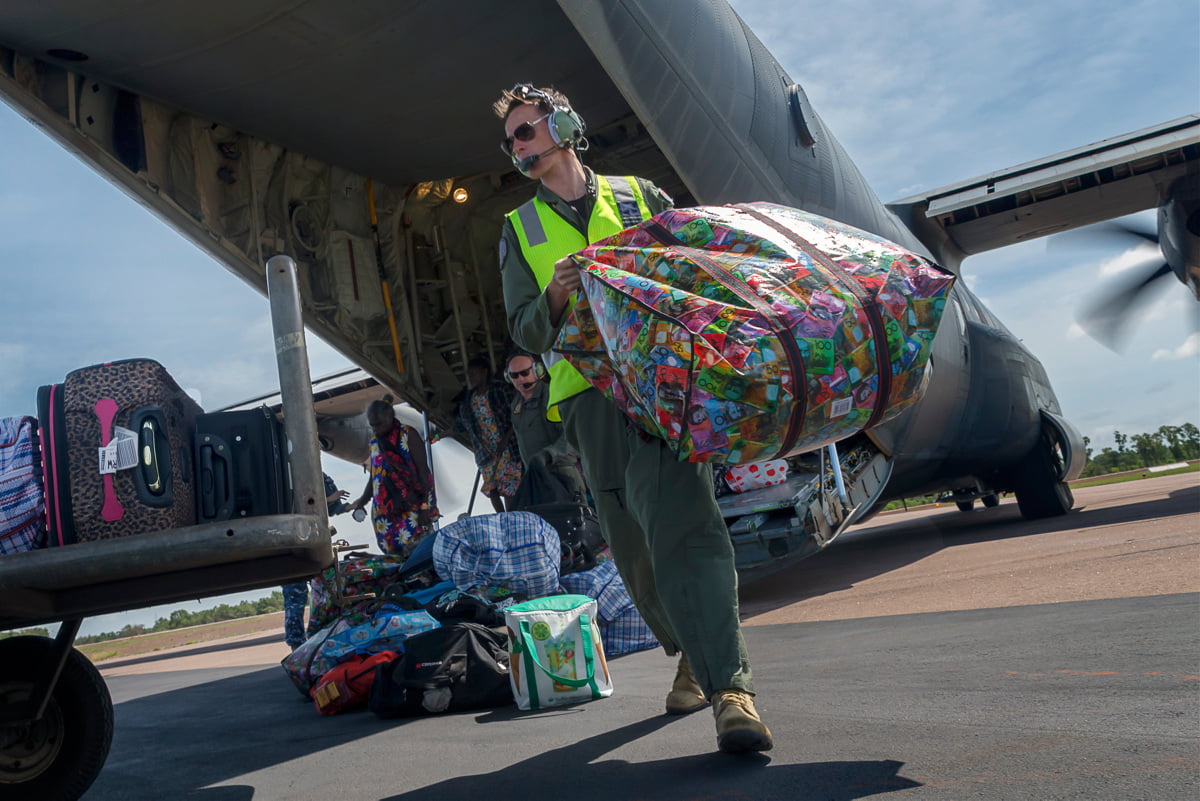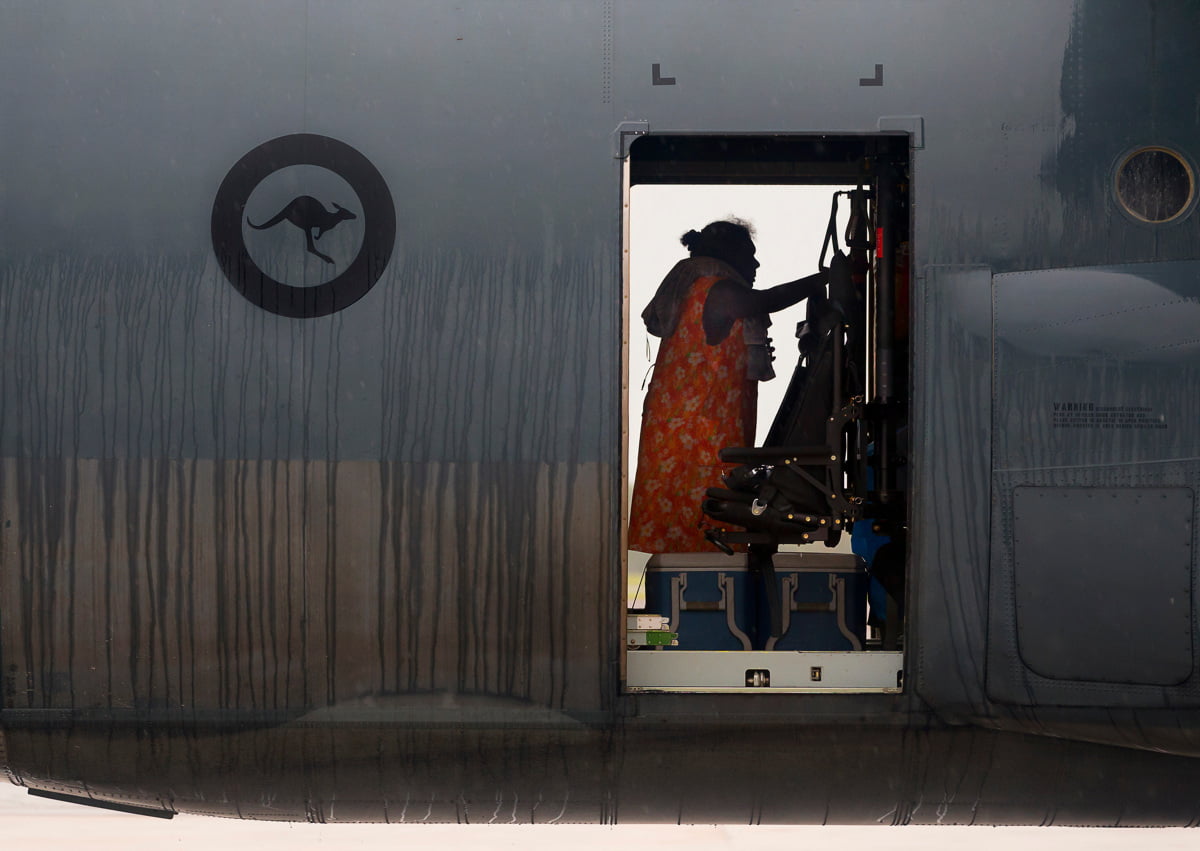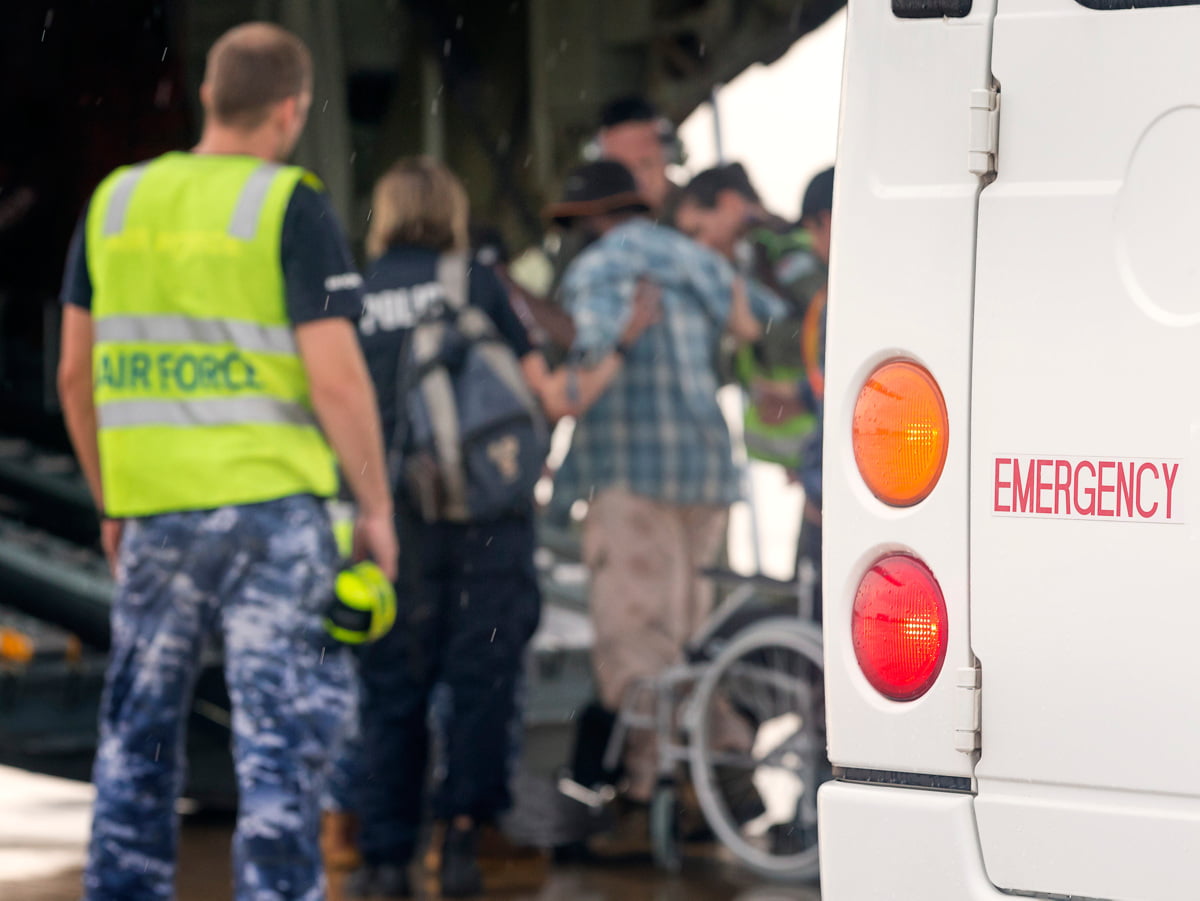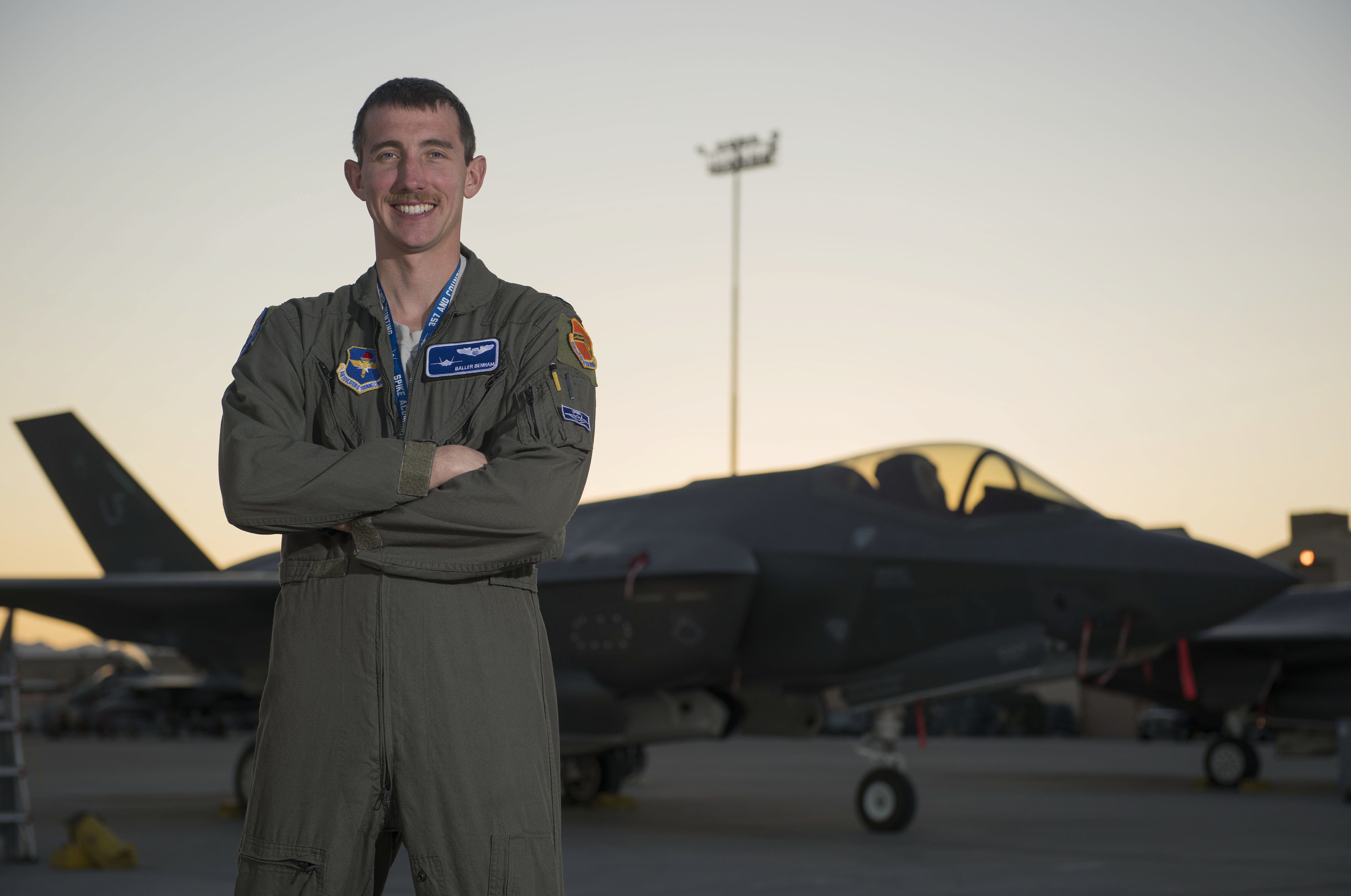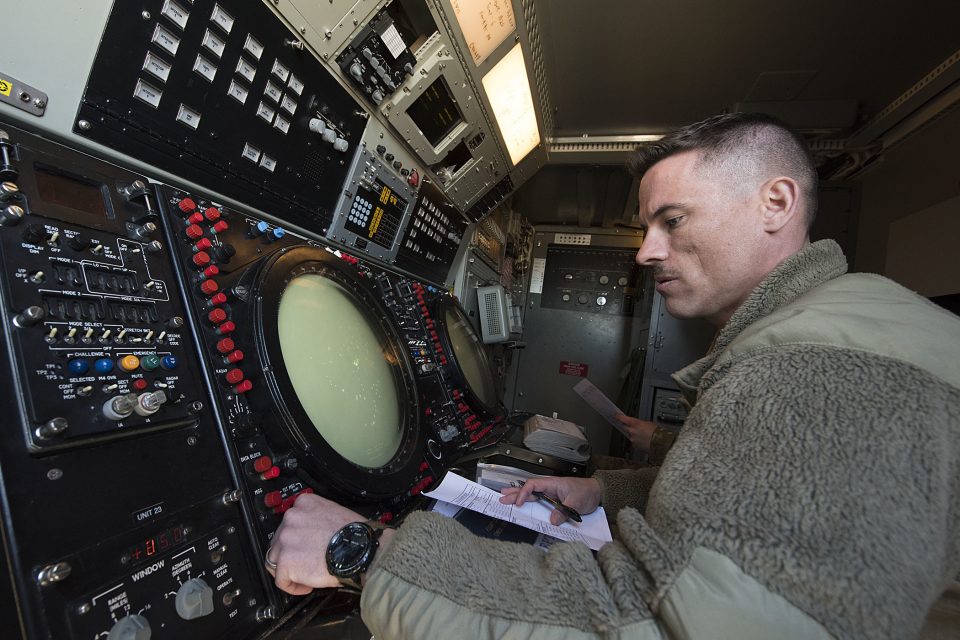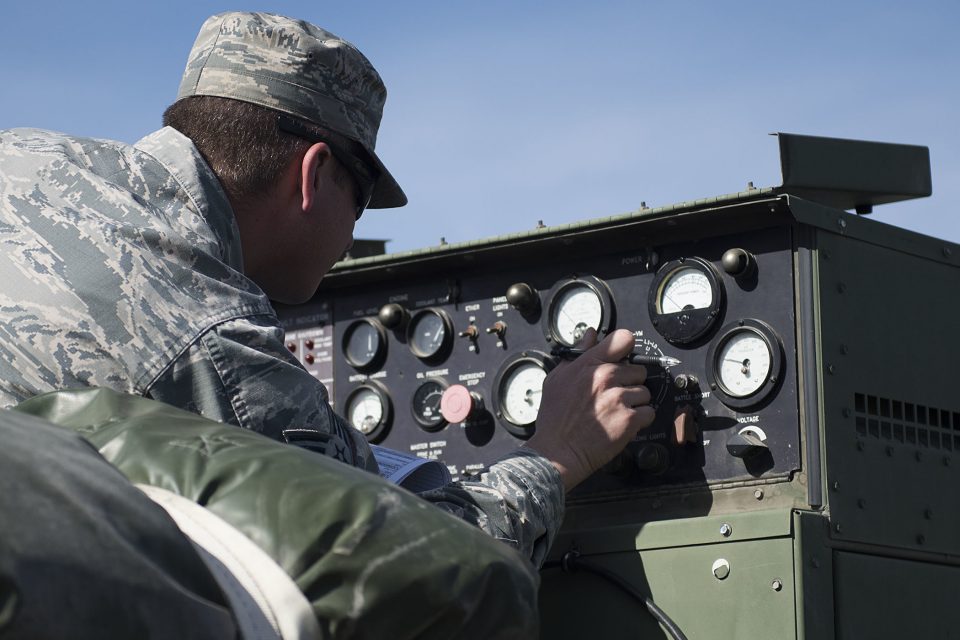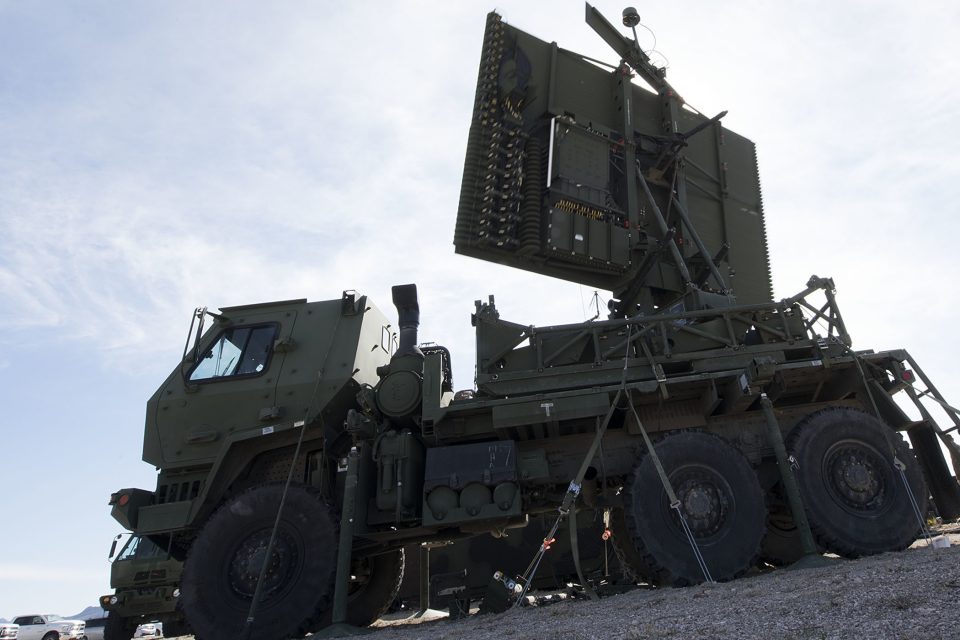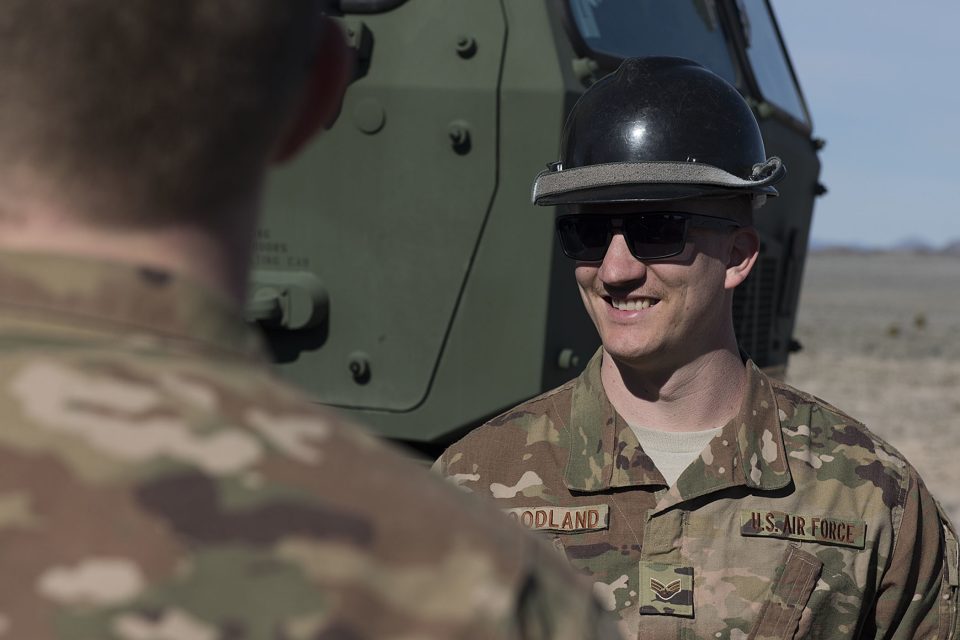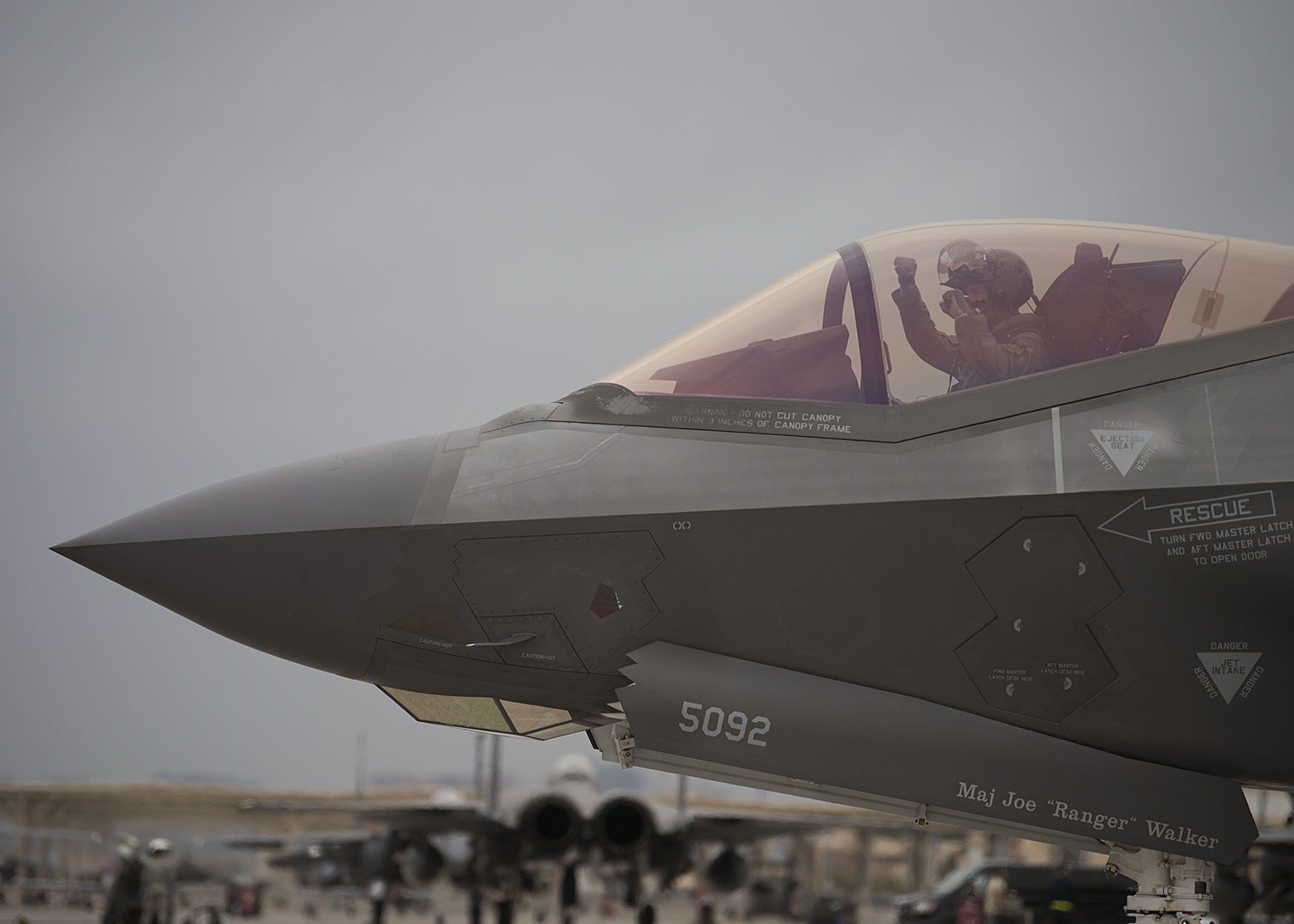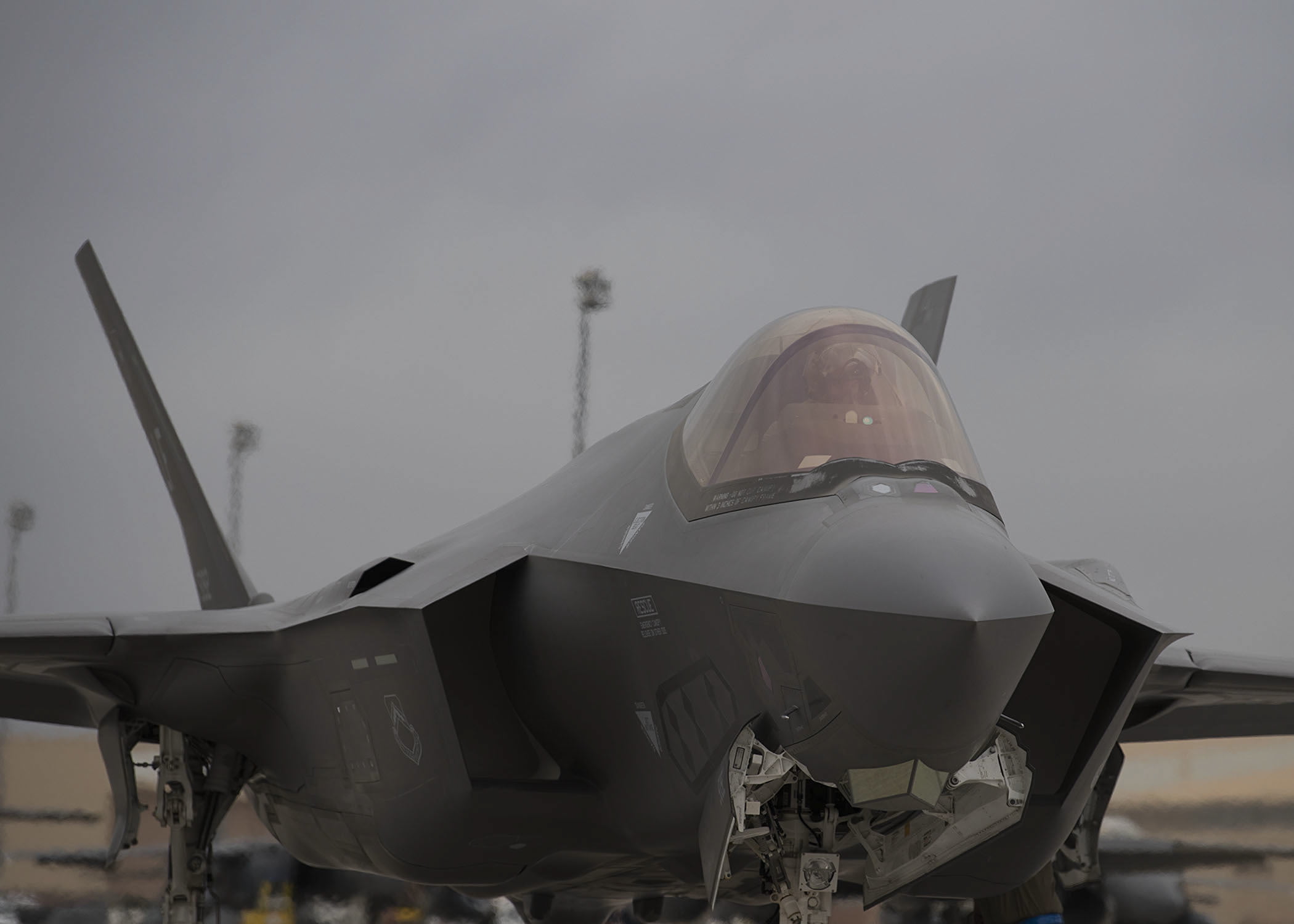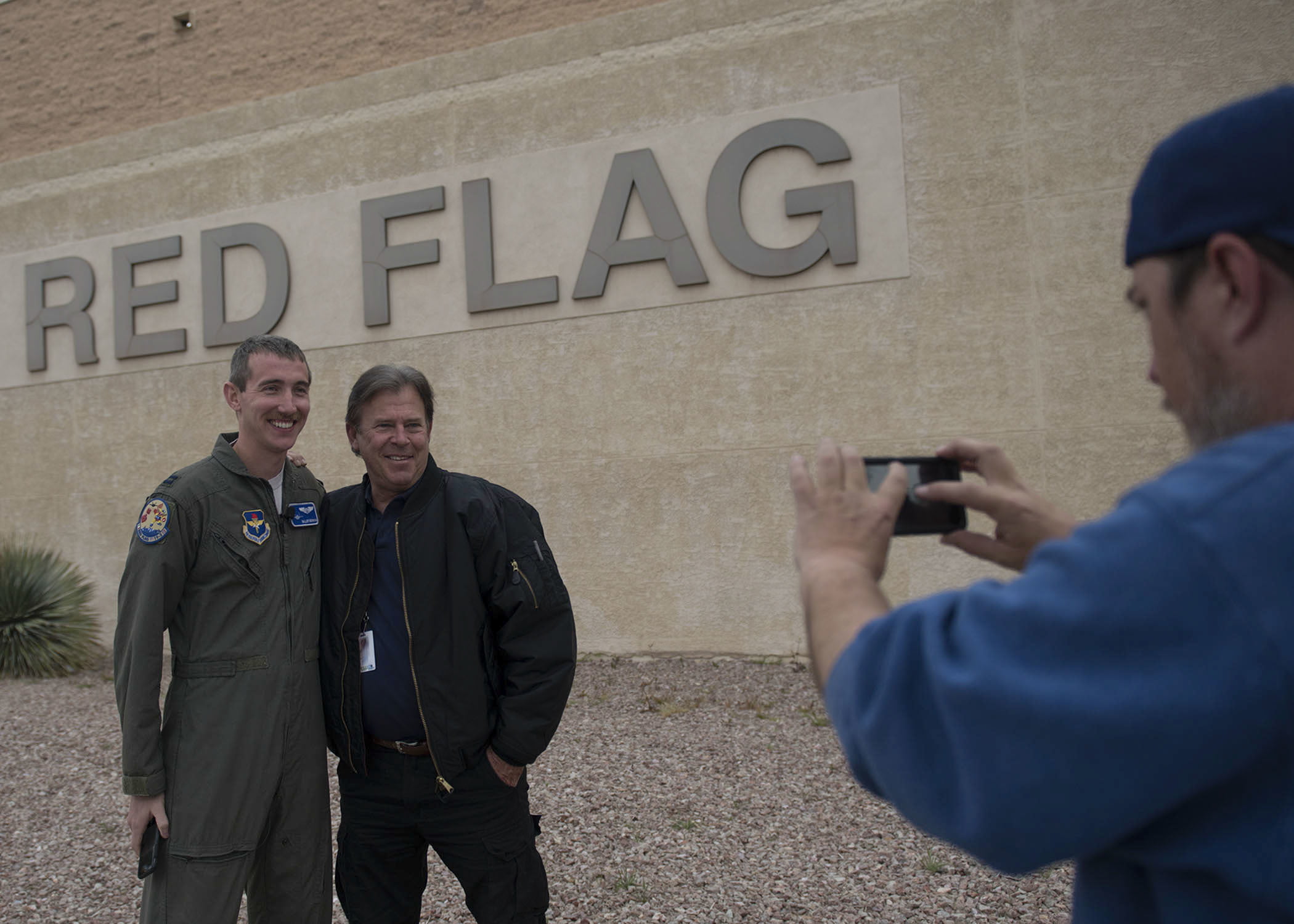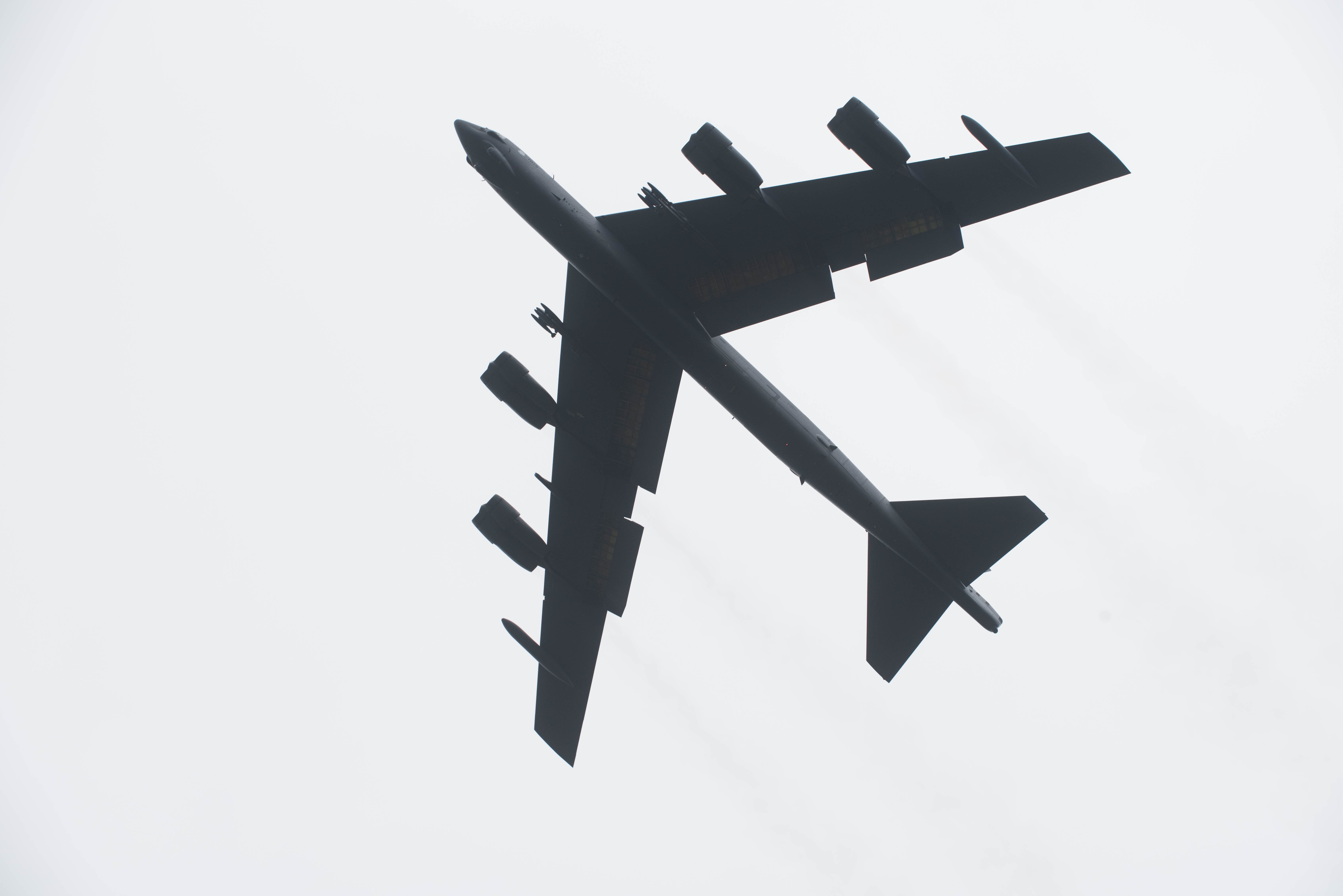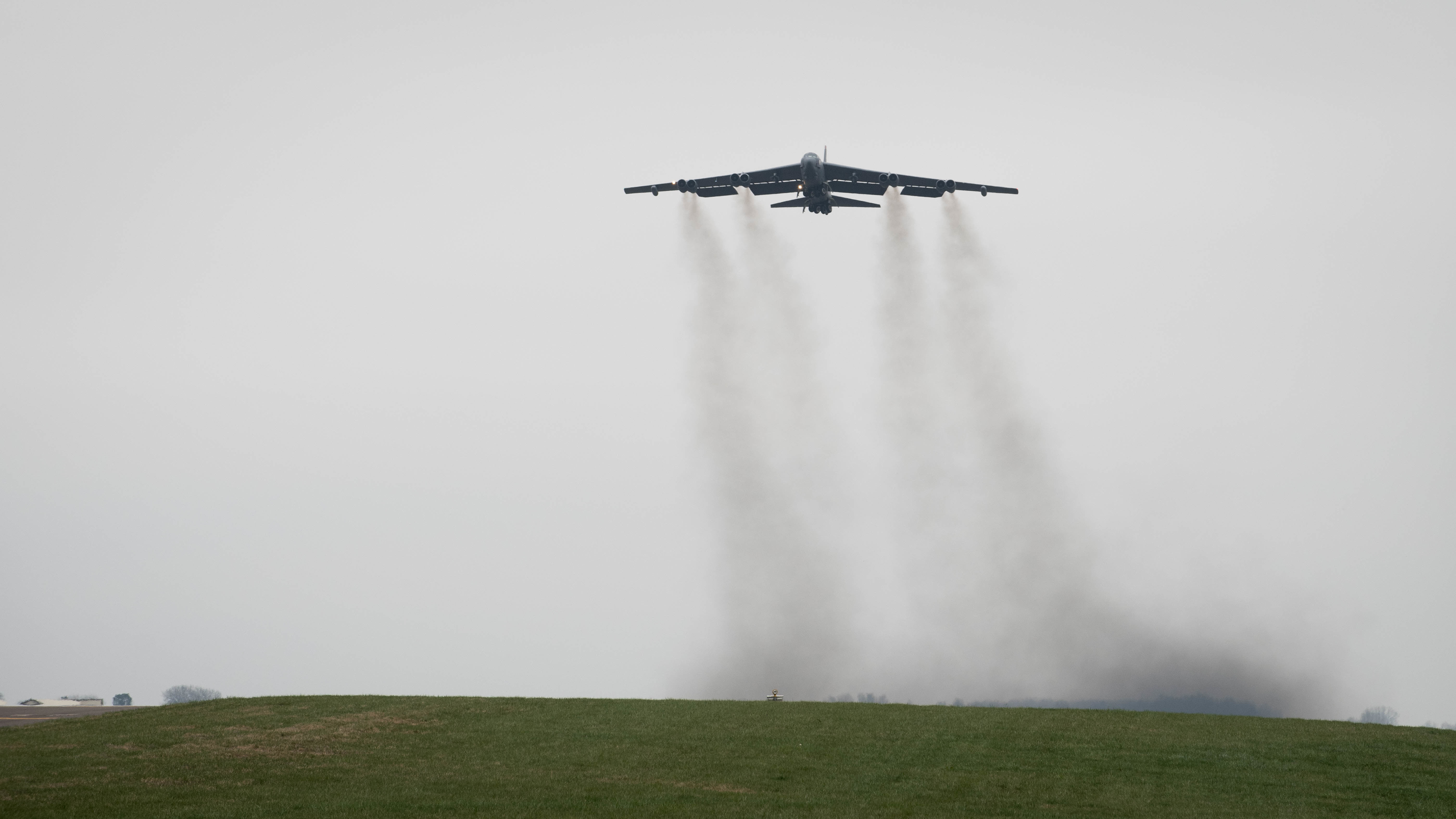By Robbin Laird
China has expanded its maritime reach as it modernizes its navy and air force. And has done so through a “buy in strategy” but one that is challenged as well with its approach to “gray zone operations” in the region as well.
In a recent article by Leland Lazarus andJohn Brunetti, the “buy in” approach is discussed.
China continues to roil Asian neighbors over claims in the East and South China Seas. However, China has also been cooperating with neighbors to establish codes of conduct to reduce conflict in the maritime arena. For years, China and the Association of Southeast Asian Nations (ASEAN) negotiated maritime codes of conduct.
More recently, China hosted the signing of the Code for Unplanned Encounters at Sea in 2014. In February 2018, China and ASEAN held a two day tabletop exercise in Singapore, where defense ministers from eleven countries planned responses to potential oil tanker fires, search and rescue evacuations, and naval assistance to merchant vessels and civilian ships. And in October last year China and ASEAN organized an inaugural five-day maritime field training exercise.
More than one thousand personnel—deployed on eight ships from Brunei, China, the Philippines, Singapore, Thailand, and Vietnam—conducted exercise drills in the Ma Xie naval base in Zhanjiang, China.
According to exercise co-director Colonel Lim Yu Chuan of Singapore, the exercise drills “enabled us to strengthen interoperability and more importantly, build trust and confidence for our navies to work with one another in responding to maritime incidents at sea.” Despite the maritime claim tensions, regional powers are beginning to buy into a cooperative relationship with China.
A second element of the “buy in strategy,” according to the authors is the Chinese maritime reach into the Middle East and Africa, where the Chinese Navy has assisted in counter-piracy operations
PLAN has escorted more than 6,400 Chinese and foreign ships, and prevented about 3,000 suspected pirate boats from launching attacks in the Gulf of Aden. China’s maritime initiative is also evident in the South Pacific. The Peace Ark, China’s ten-thousand-ton medical ship, provided free medical treatment to twenty thousand patients in Papua New Guinea, Vanuatu, Fiji, and Tonga. Such exercises show China’s transition into a blue water navy, and dovetails nicely with China’s narrative of being a peaceful, cooperative neighbor, and not a competitor to be feared.
The third element of the “buy in strategy” is in the area of expanding port ownership as part of its global silk road strategy.
Over the past decade, China has helped finance at least thirty-five ports around the world. One flagship project is the Gwadar port in Pakistan. Part of the $62 billion China-Pakistan Economic Corridor (CPEC) initiative, China is helping Pakistan update the Gwadar port
A final element of what the author’s call a “buy-in strategy” is the Chinese shipbuilding industry.
Today, China’s ship construction dominates the world market. CSSC’s Jiangnan Shipyard and Hudong-Zhonghua Shipbuilding recently began building the world’s largest container ships. These ships are a marvel of size and technology using liquid natural gas to deliver goods the world over. China is also willing to sell existing ships to allies; for instance, China just agreed to sell its aircraft carrier Liaoning to Pakistan. For allies, seeing such transactions certainly sweetens the deal of working with China.
We could put this differently and see what the author’s are calling a “buy in strategy” as key elements of an overall maritime influence strategy designed to expand the power of the authoritarian state at the expense of the liberal democratic order.
This is clearly a global influence strategy in which the “soft power” approach is underwritten by the willingness to use force to support its impact and influence.
The “gray zone” approach being followed by China is a constant reminder to states that China has presence and is willing it to reshape the maritime order to its preferences.
A recent book edited by Andrew S. Erickson and Ryan D. Martinson on Chinese maritime operations looks at “gray zone” operations being conducted by the Chinese.
The book identifies and discusses in detail “gray zone” operations, namely, operations short of the use of lethal force but empowered by a well worked out chain of maritime power elements up to and including the presence of combat forces.
The goal is to reshape the external environment in ways favorable without the need to engage in kinetic operations. In the hybrid war concept, lethal operations are the supporting not the tip of the spear element to achieve what the state actor is hoping to achieve tactically or strategically.
The book argues that this is a phase short of what the Russians have done which has been labelled hybrid warfare.
But from my point of view both gray zone ops and hybrid war ops are part of a broader strategic reality, namely, the nature of crisis management facing the liberal democracies competing with the authoritarian states in a peer-to-peer competition.
And I would subsume the “buy-in strategy” as part of the broader capabilities which can indeed shape how crosses can be avoided, influenced or dominated by the Chinese. In the US, the kind of activity which the Merchant Marine or the Coast Guard does has NEVER been incorporated into the broader influence strategy. For the Chinese, these capabilities, including economic activities have been.
The separation of activities so important to the success of capitalism, is ignored by the Chinese as an authoritarian state and instead works to integrate the spectrum of activities from peace to war in a quite different manner.
The challenge can be put bluntly — deterrence has been designed on the Western side with large scale engagement of enemy forces in mind.
What if deterrence in this sense is the necessary but not sufficient capability to constrain the actions of the authoritarians?
What if you can deter from full scale war, but by so doing not be able to control what your adversary is doing in terms of expanding his global reach and reshaping the strategic environment to his benefit?
What if you have organized yourself for deterrence but not effective crisis management?
The gray zone concept in my view is subsumed in this broader strategic shift and challenge.
There is also a key question whether gray zone operations is the strategic focus or really a phase on the way to engaging in kinetic operations as part of the way ahead.
What if the US and its key allies are not willing or able to respond and the Chinese expand their appraoch over time?
We can not assume that as Chinese look at the world or read RAND studies that they will not believe that actually striking a US or allied warship might not be a useful part of their evolving appraoch to crisis management.
From this point of view the discussions of the book could be seen as a historic look at a phase of Chinese maritime power and the evolving approach to strategic engagement in the region and beyond.
I would note that the focus in the book is on the US Navy and its responses.
Having worked with the USCG for years, I found the resource neglect of the service and the strategic decision to stick them into the Department of Homeland security as significant strategic failures on the part of the US.
First, the engagement in the Middle East has stolen resources from many security and non-security accounts, among them the USCG.
And then the focus on the return of Great Power politics, although admirable must focus on the nature of who these competitors actually are and how they operate.
How do we constrain Chine, and not just deter it?
Many years ago when I started a series on Pacific defense for the then AOL Defense, now Breaking Defense, I actually started with the significance of the USCG and why they were a foundational element for the kind of “constrainment” as well as deterrent strategy we needed to shape.
That series led eventually to our co-authored book on Pacific strategy which again started with the “constrainment” challenge not just the deterrence one.
What I had not realized was that it is the broader challenge which the authoritarian states were generating for crisis management against the liberal democracies which was in play.
And that this was the core strategic shift from the land wars.
This book simply validates how important the missing USCG National Security and Offshore Patrol vessel hulls and trained personnel are.
Instead, the US focused on Littoral Combat Ships which made no sense.
The white hulls are crucial to a “constrainment strategy”, and the expansion of the Chinese Coast Guard in the region has been central to the gray zone operations discussed in the book.
Or let me be blunt: What the Chinese have done should not be a strategic surprise or a black swan.
It is simply something for which we did not prepare nor resource.
In effect, the “buy in strategy” when combined with the Chinese approach to “gray zone operations” and its expanded capability to fight at the high end really work together to underscore that China is not a liberal power wishing to reinforce current rules of the maritime order.
Rather, they a modern authoritarian power seeking to work with its allies to reshape the global order in a more favorable manner to themselves.
In the second edition of their highly regarded book on Chinese maritime power, Toshi Yoshihira and James R. Holems, what one Chinese analyst has called the “cabbage strategy.”
Zhang Zhaozhong—a retired rear admiral, NDU professor, well-known television personality, and prolific author of nationalistic navalist books for popular consumption—explain(s) how a cabbage strategy works. The strategy, Zhang says, can be encapsulated in “just one word, which is squeezing.”
His explanation is worth quoting at length: “For every measure there is a countermeasure.…If you send fishing vessels to resupply, then we will use fishing vessels to keep them out; if your coast guard sends supplies, then we will send marine surveillance to keep them out. If your Philippine Navy ships hurry over, we will use naval vessels to keep them out. There is nothing to be afraid of, and we must stick it out to the end. The cabbage strategy of which I have spoken many times is to surround them layer by layer, and make them unable to enter [Second Thomas Shoal].48 (Our emphasis).”
A key disconnect between Western navies and the Chinese over the past few years has been a clear focus by Western navies on maritime missions to support the global trade order whereas the Chinese have been focused on conflict at sea as well as global trade order missions.
China’s approach poses problems from a cultural standpoint as well. In the sense that “Mahanian” connotes girding for fleet battles and “post-Mahanian” means policing the sea or projecting power ashore, China is comfortable using post-Mahanian means for Mahanian ends.
A fishing trawler or coast guard cutter represents an implement of power politics as surely as a warplane or a hulking destroyer.
For their part, U.S. naval officers find it hard to deal with white-hulled China Coast Guard cutters or maritime enforcement vessels trying to cement command of Chinese-claimed waters. Countermeasures for maritime militia embedded within the fishing fleet and working in conjunction with law enforcement ships are still harder to come by.
The authors note that this is changing as the US Navy begins to refocus on conflict at sea as a core mission and is modifying its combat assets to be more capable of so doing.
The authors conclude their book by looking at ways the US might more effectively counter the Chinese approach and to enhance core combat capabilities.
And it is China’s mounting resistance to the U.S.-led system of trade and commerce, which has nourished the regional order for more than seven decades, that makes the rise of Chinese sea power so worrisome.
Policy makers, then, must resist the temptation to focus narrowly on the material or operational dimensions of Chinese anti-access.
These are important beyond a doubt. But statesmen must recognize that China’s ascent and its accompanying dream pose an all-encompassing challenge to the United States and the long peace over which it has presided in Asia.
I would add that a major aspect of working mid-term and long-term responses to the Chinese and to shape ways to constrain them is clearly how the US works with core Asian allies.
The military-technical aspects of so doing are important but so are the political-military as well as diplomatic.
But bluntly, how Japan, Australia, the South Koreans and others work together with the US in shaping the next phase of the liberal order is a crucial concomitant of the refocus on what the authors refer to as the “Mahanian” focus which connotes girding for fleet battles and “post-Mahanian or policing the sea or projecting power ashore.
The authors deal with the allied dimension in the context of how the Chinese see the general challenge facing them with regard to their core security challenges.
Geography colors how Chinese strategists appraise threats. The Korean half-island and the Japanese archipelago converge on key bodies of water while forming straits near China’s political and economic centers.
Whether the U.S.–Japan–South Korea alignment can ever become a coherent strategic unit is dubious at best in light of the two Asian allies’ turbulent past.
Nevertheless, Chinese observers find it unsettling that two U.S. allies boasting advanced economies and modern armed forces stand athwart sealanes essential to China’s security and economic health.
Sowing disunion among the allies would partly ameliorate this dilemma—and thus represents a strategic imperative for Beijing.
Indeed, from my perspective working the technology and working the US and allied concepts of operations along with reshaping how the alliance will work in the presence of persistent Chinese efforts to change that Alliance is at the heart of the challenge.
For US policy makers, rebuilding the US Navy is a necessary but not sufficient condition; working more effective allied relationships to constrain and channel the Chinese is crucial as well.
In short, at the heart of the Chinese transition with regard to seapower is the shift from benefiting from and leveraging the global liberal system which has been underwritten by the US Navy to shaping their own capabilities to defend their interests, operate globally and to provided extended defense of their crucial port regions, where significant population and economic capabilities are located.
And it is not just about the numbers and capability of their gray hulls; it is about the sweep from a “buy in strategy” to “gray zone operations” to “economic presence” in the global maritime system and shaping higher-end capabilities which could come into play as crises occur and need to be managed.
Note: This is what I wrote in my piece on AOL Defense in the second piece in my Pacific series and published on August 14, 2012:
As Vice Admiral Manson Brown, the recently departed Coat Guard Pacific commander, underscored in an interview last year:
“Many people believe that we need to be a coastal coast guard, focused on the ports, waterways, and coastal environment.
“But the reality is that because our national interests extend well beyond our shore, whether it’s our vessels, or our mariners, or our possessions and our territories, we need to have presence well beyond our shores to influence good outcomes.
“As the Pacific Area Commander, I’m also the USCG Pacific Fleet Commander. That’s a powerful synergy. I’m responsible for the close-in game, and I’m responsible for the away game. Now the away game has some tangible authorities and capabilities, such as fisheries enforcement and search and rescue presence,” he said.
At the heart of a strategic rethink in building a U.S. Pacific maritime security strategy is coming to terms with the differences between these two domains, the security and military. The security domain is based on multiple-sum actions; military activity is by its very nature rooted in unilateral action. If one starts with the military side of the equation and then defines the characteristics of a maritime security equation the formula is skewed towards unilateral action against multiple-sum activity.
But there is another aspect of change as well. Increasingly, the United States is rethinking its overall defense policy. A shift is underway toward preparing its forces for global operations for conventional engagement in flexible conditions.
Conventional engagement is built on a sliding scale from insertion of forces to achieve political effect to the use of high intensity sledgehammer capabilities. Policymakers and specialists alike increasingly question the utility of high-tech, high-intensity warfare capabilities for most conventional engagement missions.
In parallel to the relationship between those two domains is the relationship between the Coast Guard and the Navy, rooted in a sliding scale on levels of violence. This needs to be replaced by a new look, which emphasizes the intersection between security operations and conventional engagement, with high-intensity capabilities as an escalatory tool.
To protect the littorals of the United States is a foundational element for Pacific defense, and allows the U.S. to focus on multiple sum outcomes to enhance defense and security, but at the same time it lays a solid foundation for moving deeper into the Pacific for military or extended security operations when needed.
A reflection of such an approach is the North Pacific Coast Guard Forum. Again one must remember the central place the Great Circle Route plays in trans-Pacific shipping and the immensity of the Pacific. Given these conditions, the Coast Guard has participated in a collaborative security effort in the North Pacific designed to enhance littoral protection of the United States.
Among the key participants are the Canadians, Russians, the Japanese, the South Koreans and the Chinese.
Admiral Day, an active participant in the forum during his tenure, notes that members have participated in numerous exercises and several joint operations.
But for the United States to play a more effective role in defending its own littorals and to be more effective in the kind of multi-national collaboration which building Pacific security and providing a solid foundation for littoral defense, a key element are presence assets.
“And it’s presence, in a competitive sense, because if we are not there, someone else will be there, whether it’s the illegal fishers or whether it’s Chinese influence in the region,” said Vice Adm. Manson Brown. “We need to be very concerned about the balance of power in the neighborhood.
If you look at some of the other players that are operating in the neighborhood there is clearly an active power game going on. To keep the US presence relevant, the Coast Guard’s National Security Cutters are a core asset.
The inability to fund these and the putting in limbo of the smaller cutters, the so-called OPCs, or Offshore Patrol Cutters, underscores a central question: without effective littoral presence (for U.S. shores) how does one do security and defense in the Pacific?
The size and immensity of the Pacific means you operate with what you have; you do not have shore infrastructure easily at hand to support a ship. Ships need to be big enough to have onboard provisions and fuel, as well as aviation assets to operate over time and distance.
In short, providing for littoral defense and security on the shores of the United States requires a reaffirmation of the Coast Guard’s Title X role and ending the logjam of funding support for the cutter fleet and the service’s aviation assets which enable that fleet to have range and reach.
The featured photo shows the Chinese Navy guided-missile destroyer Xi’an (153) participates in a maritime interdiction event with the guided missile destroyer USS Stockdale (DDG 106), during Rim of the Pacific (RIMPAC) 2016. Credit US Navy: July 21, 2016.


